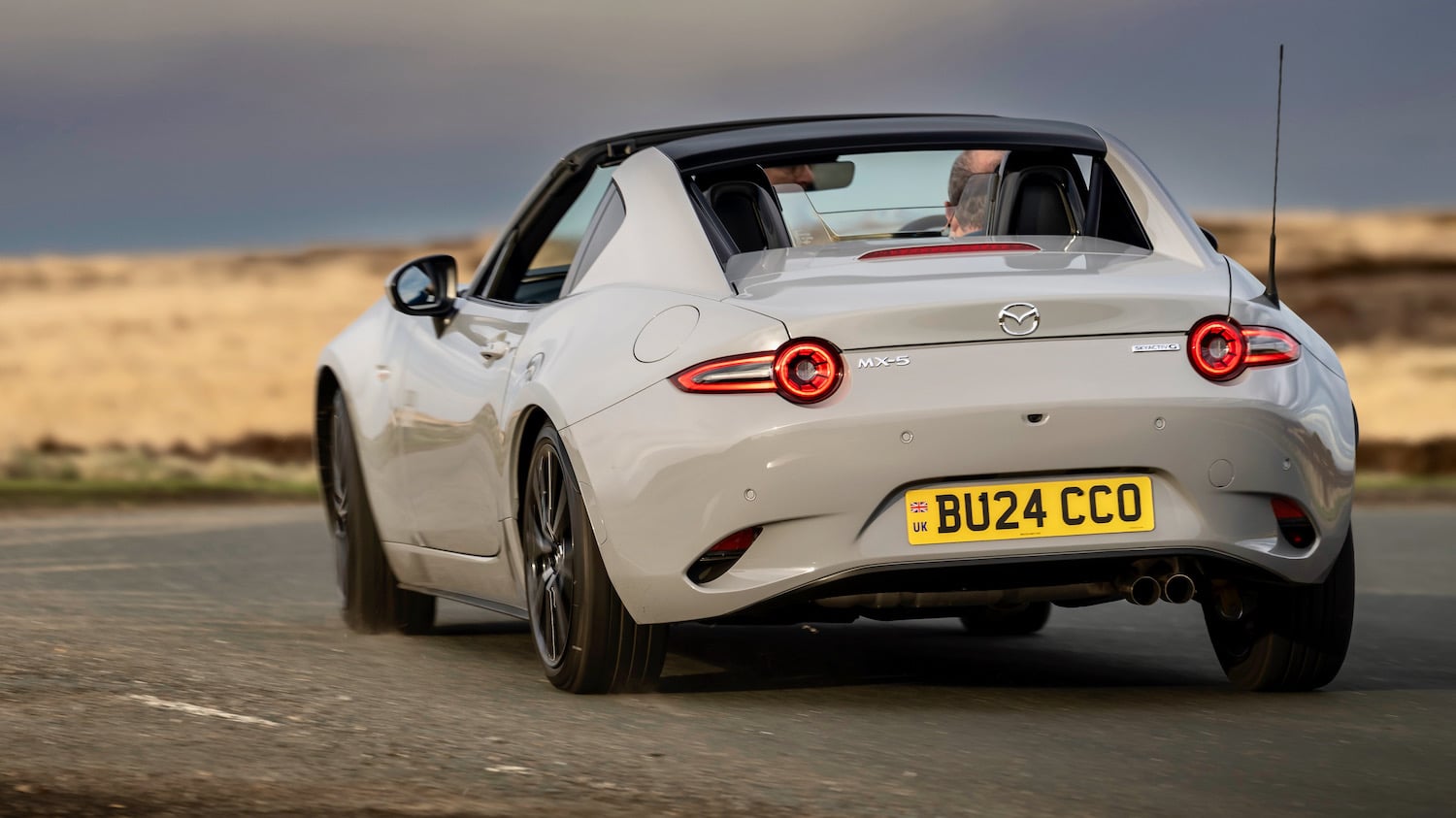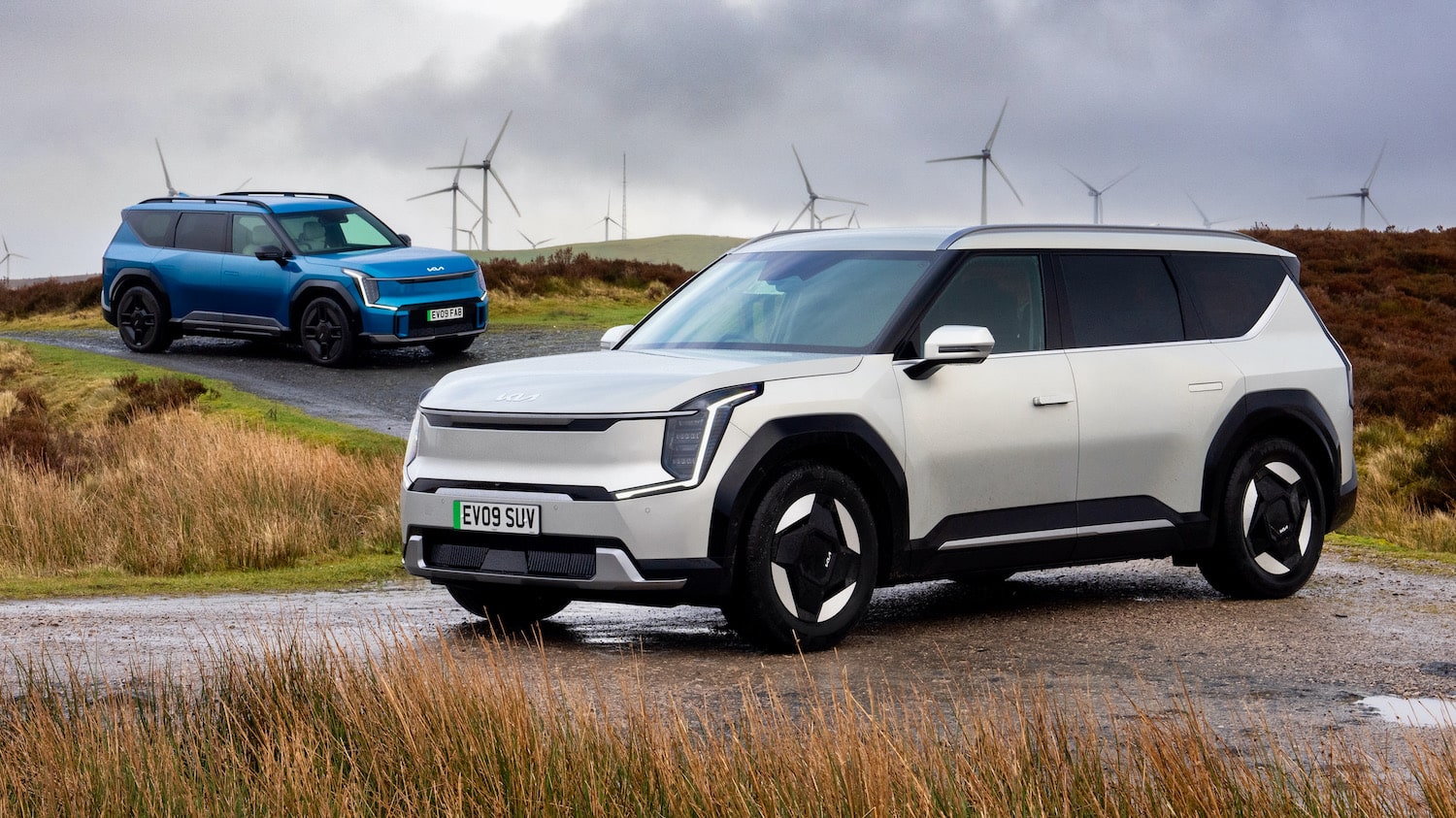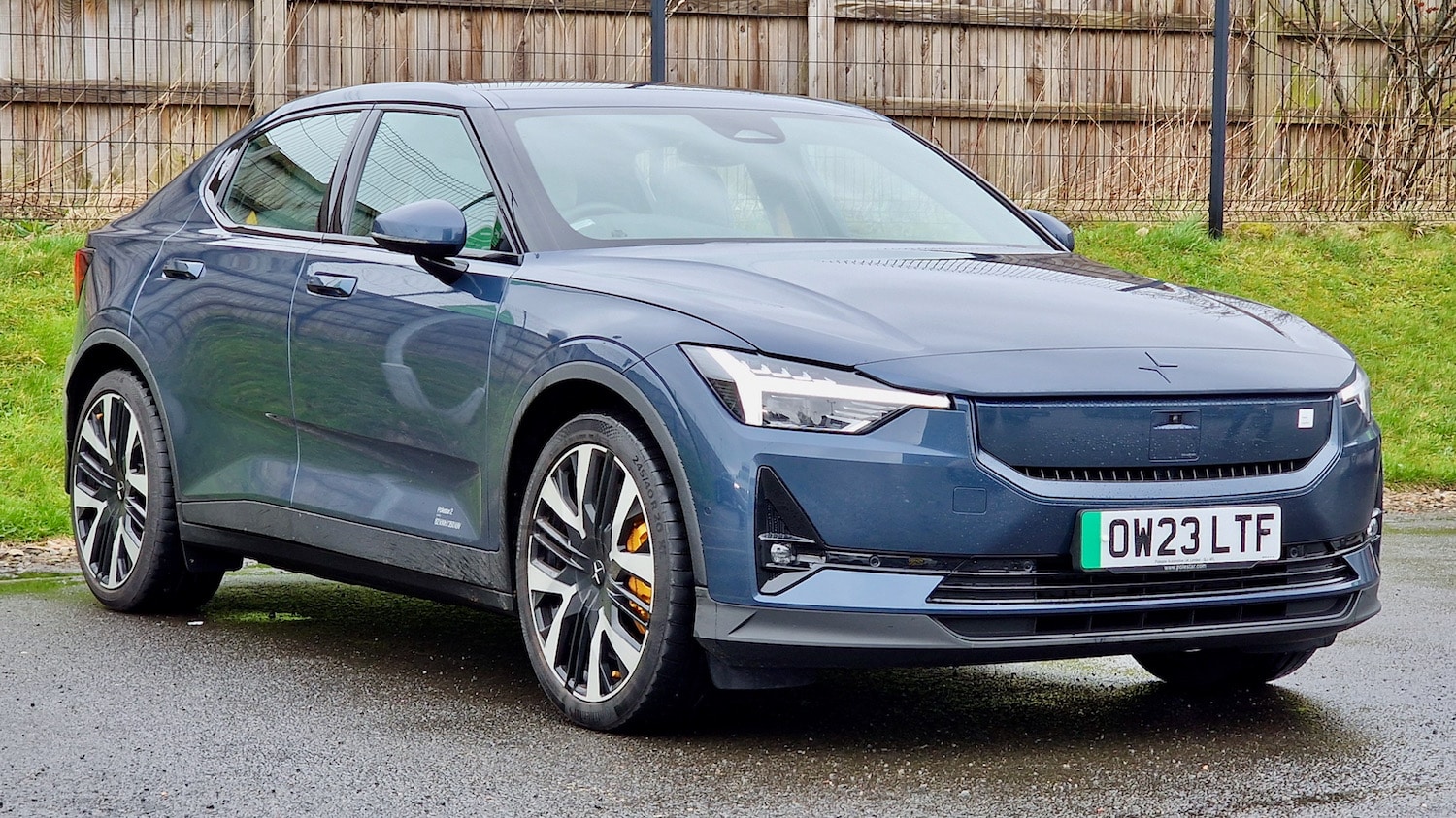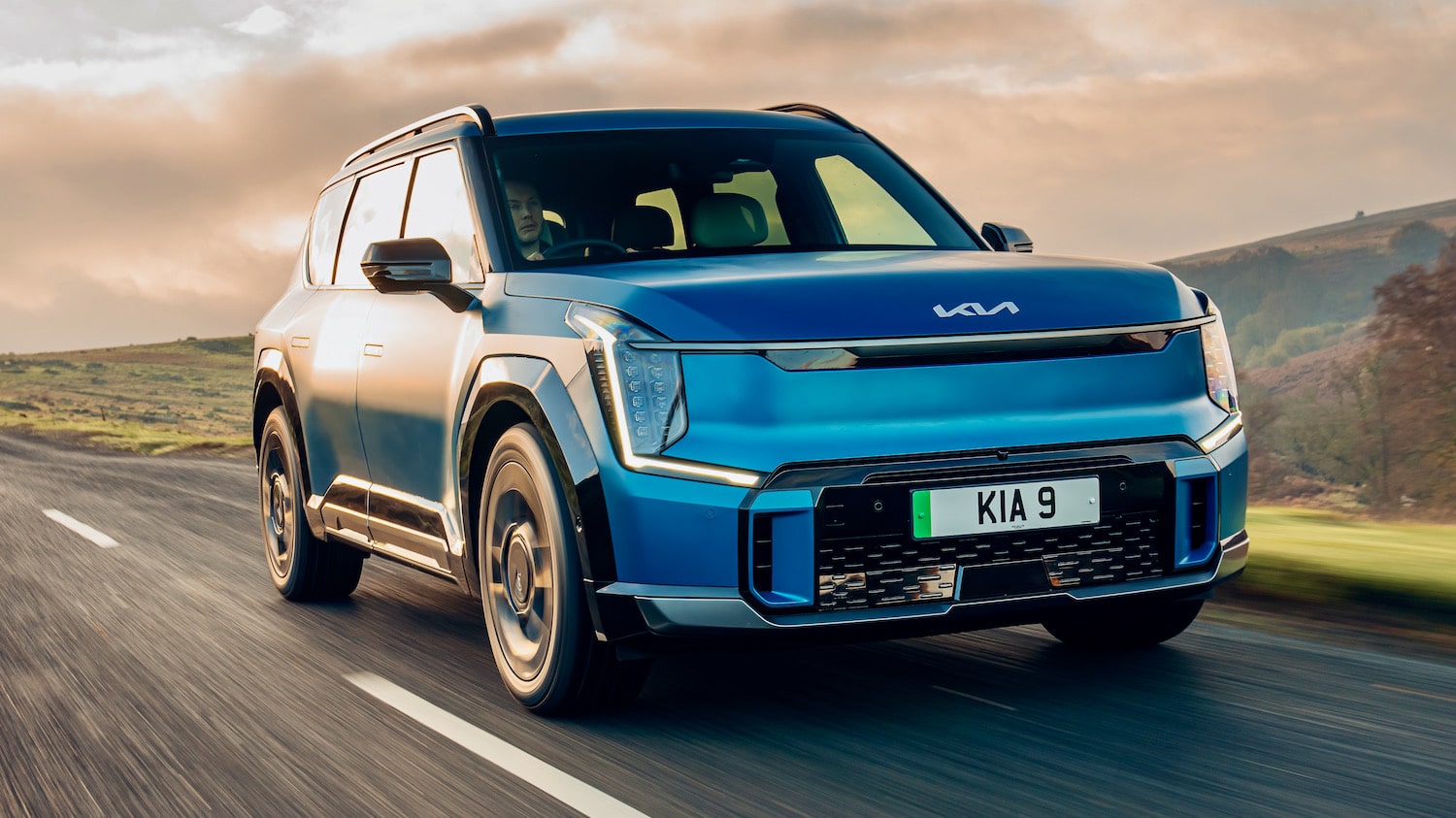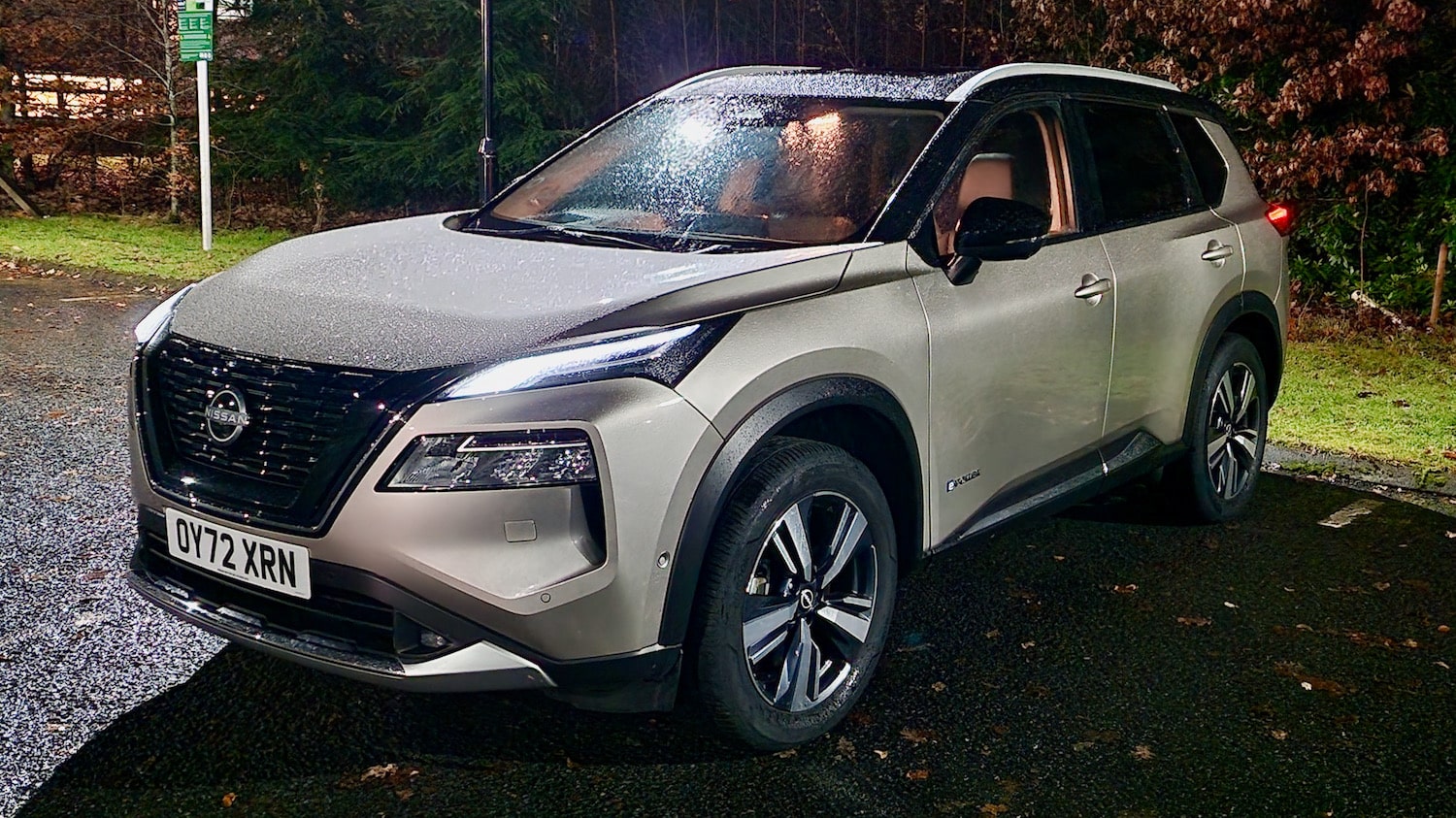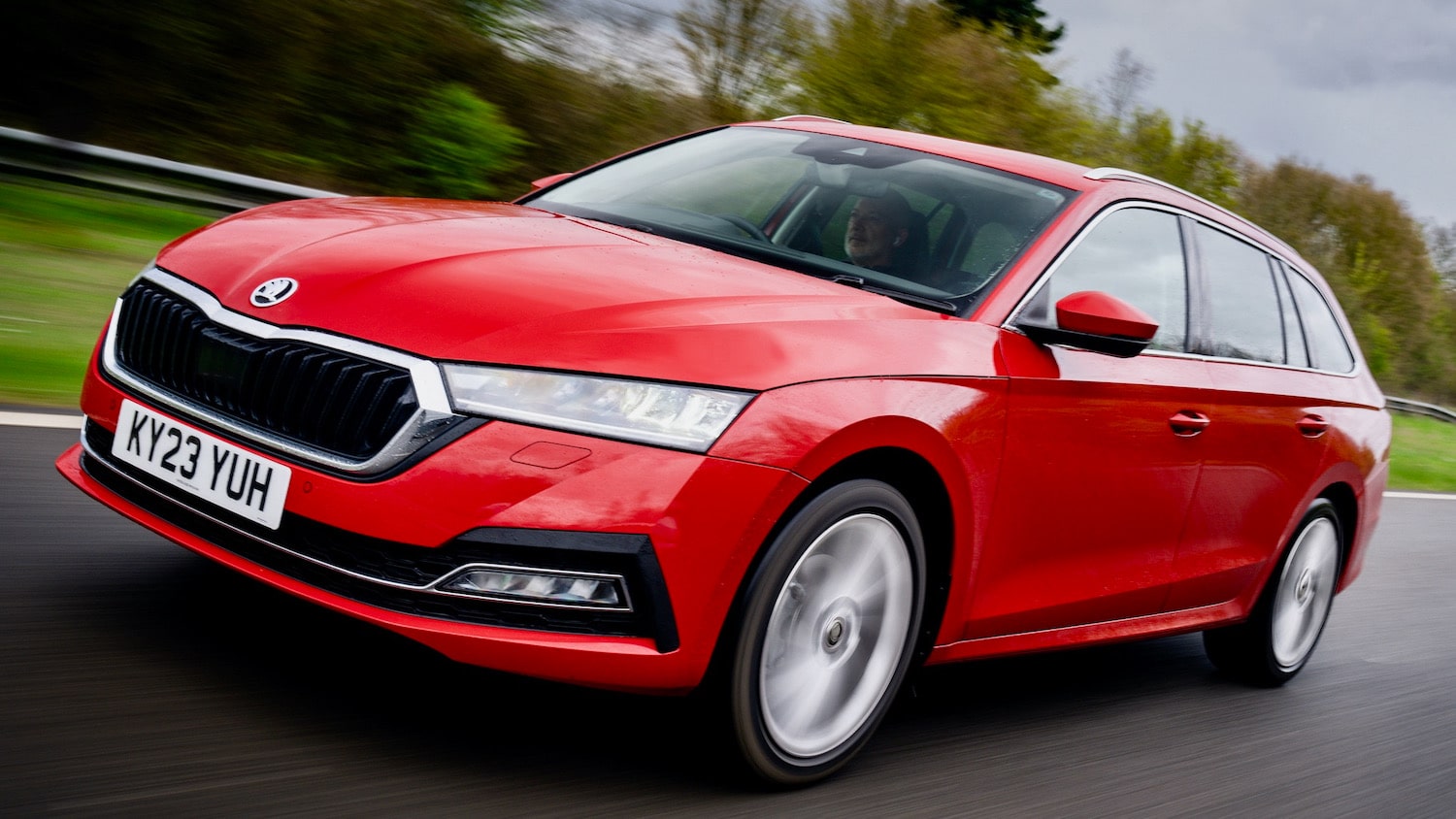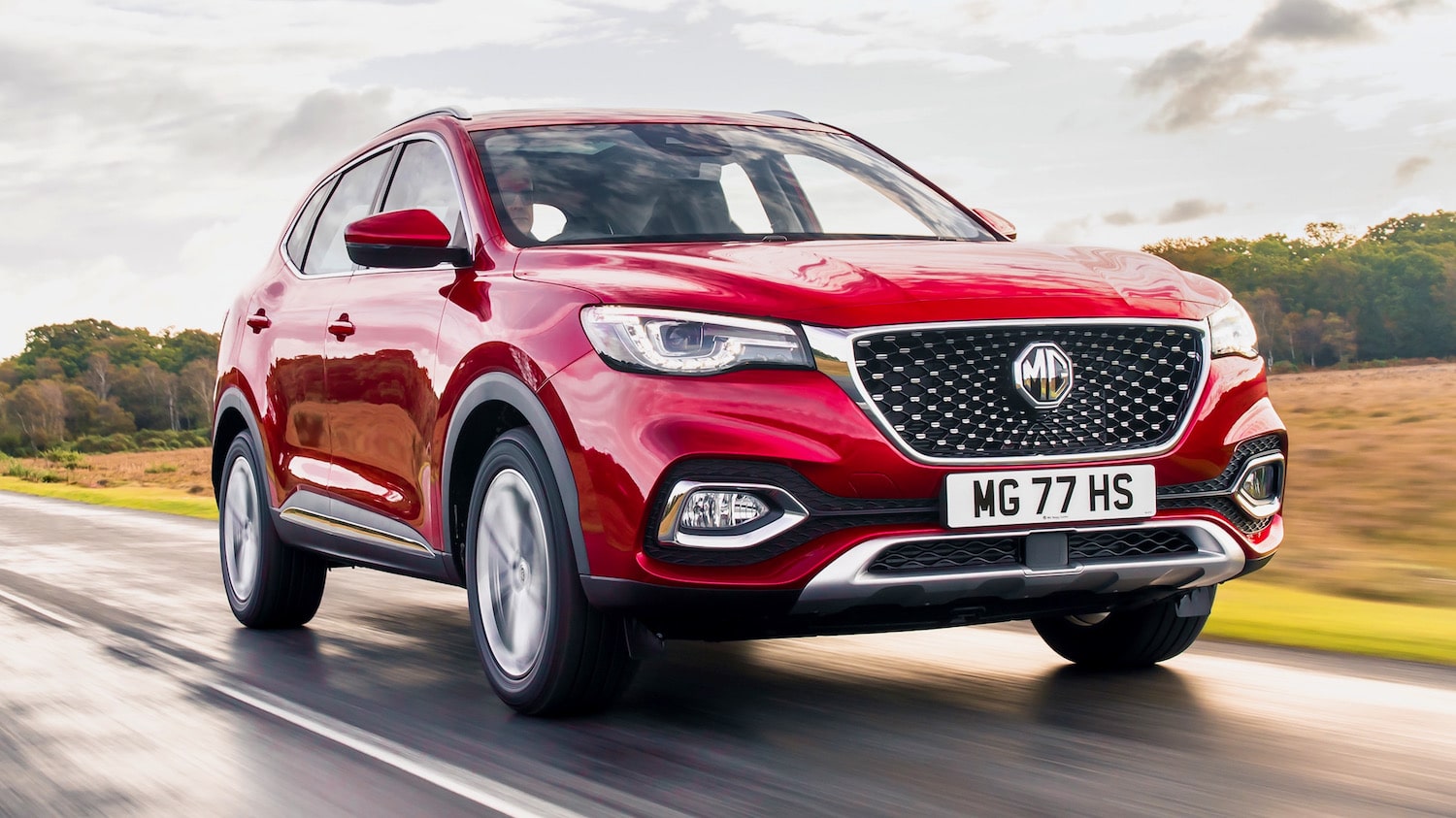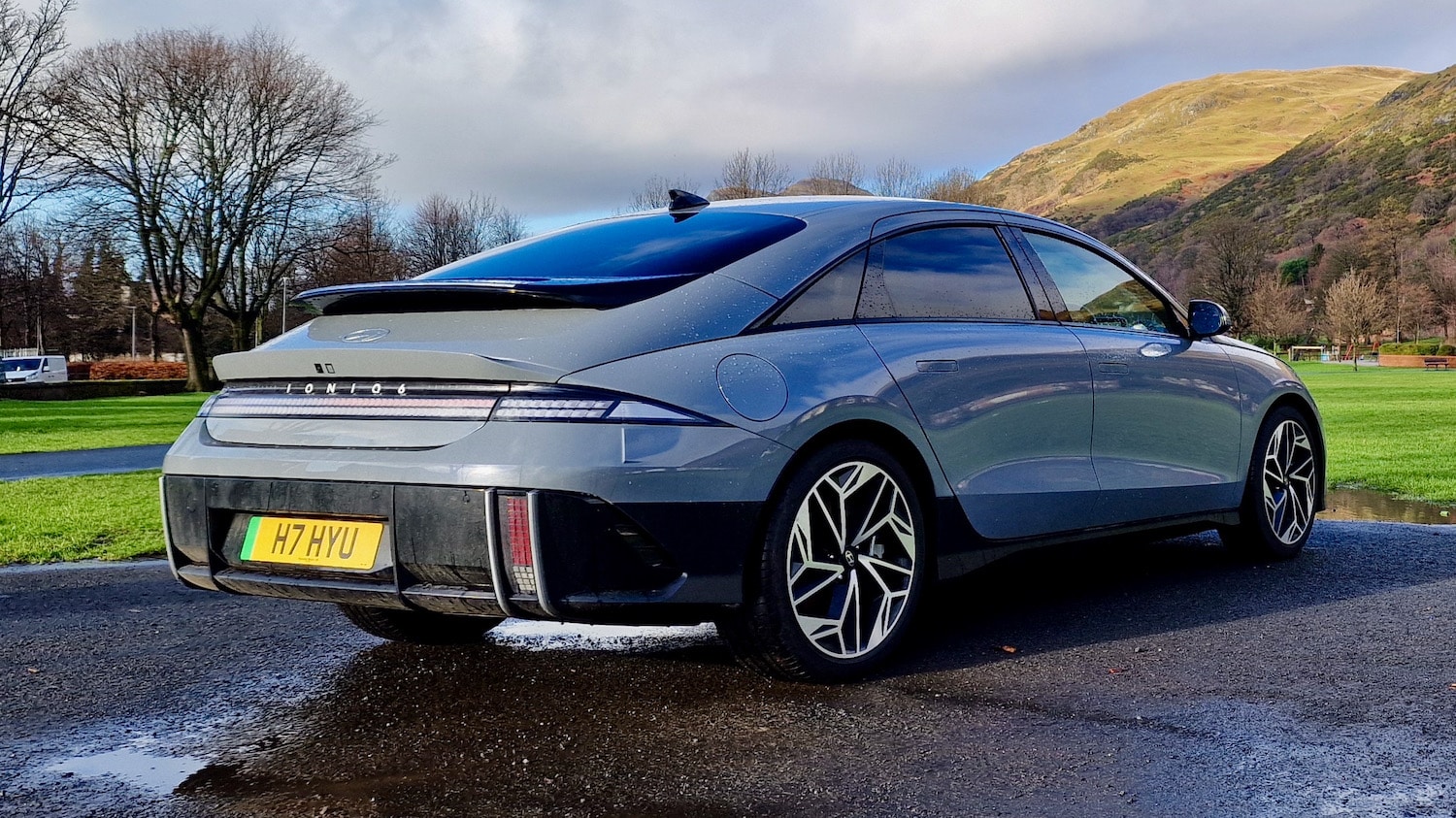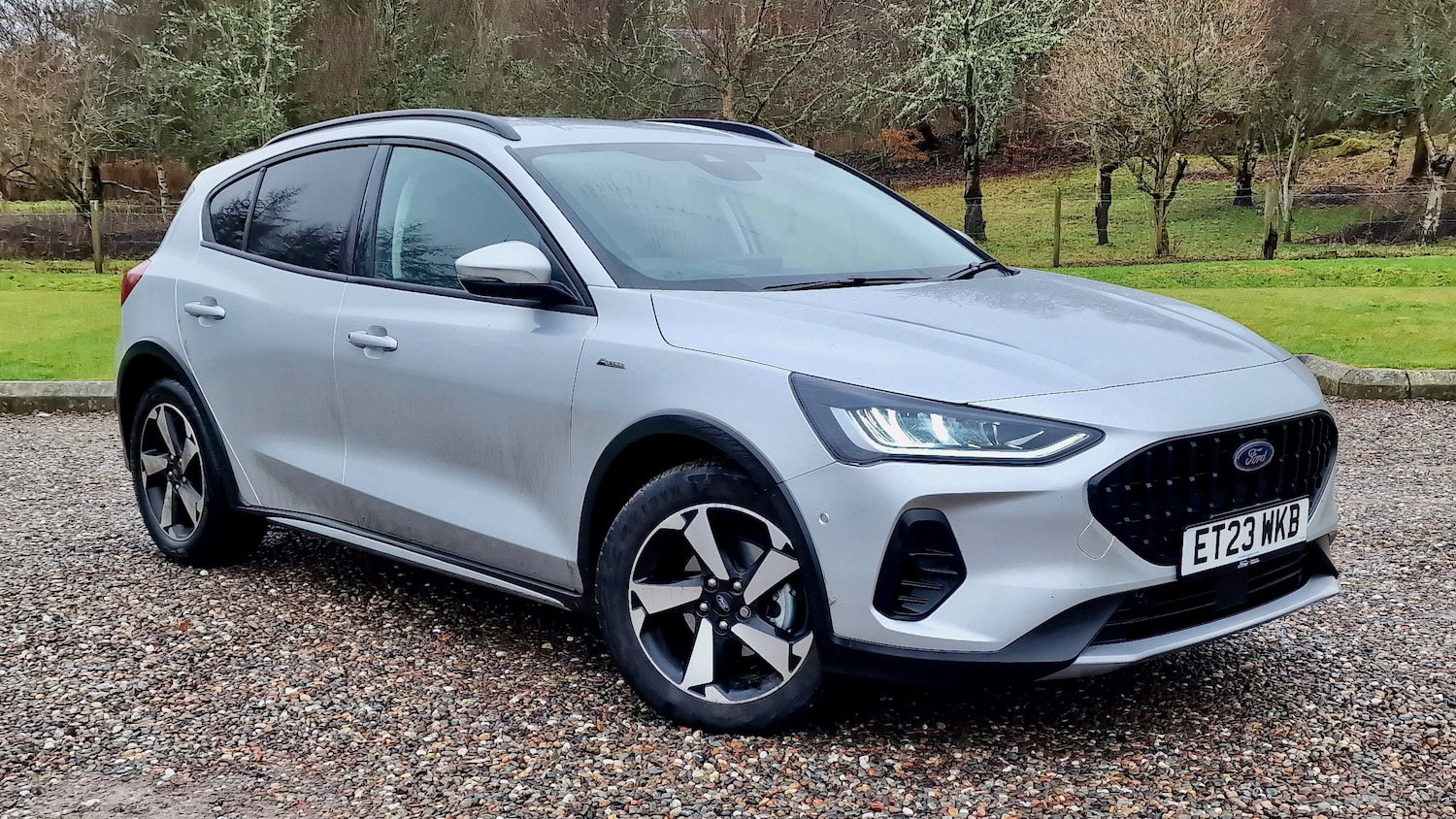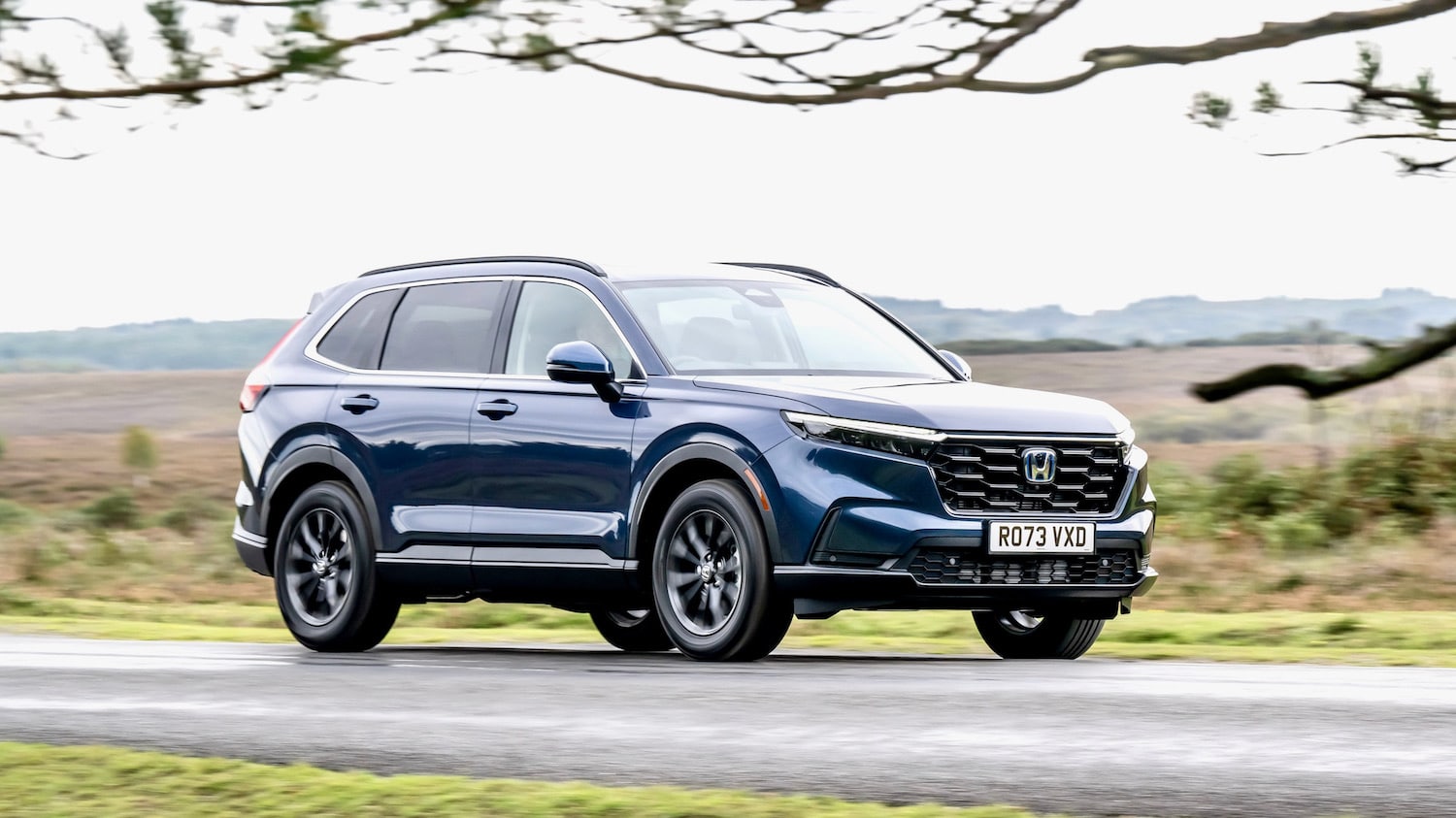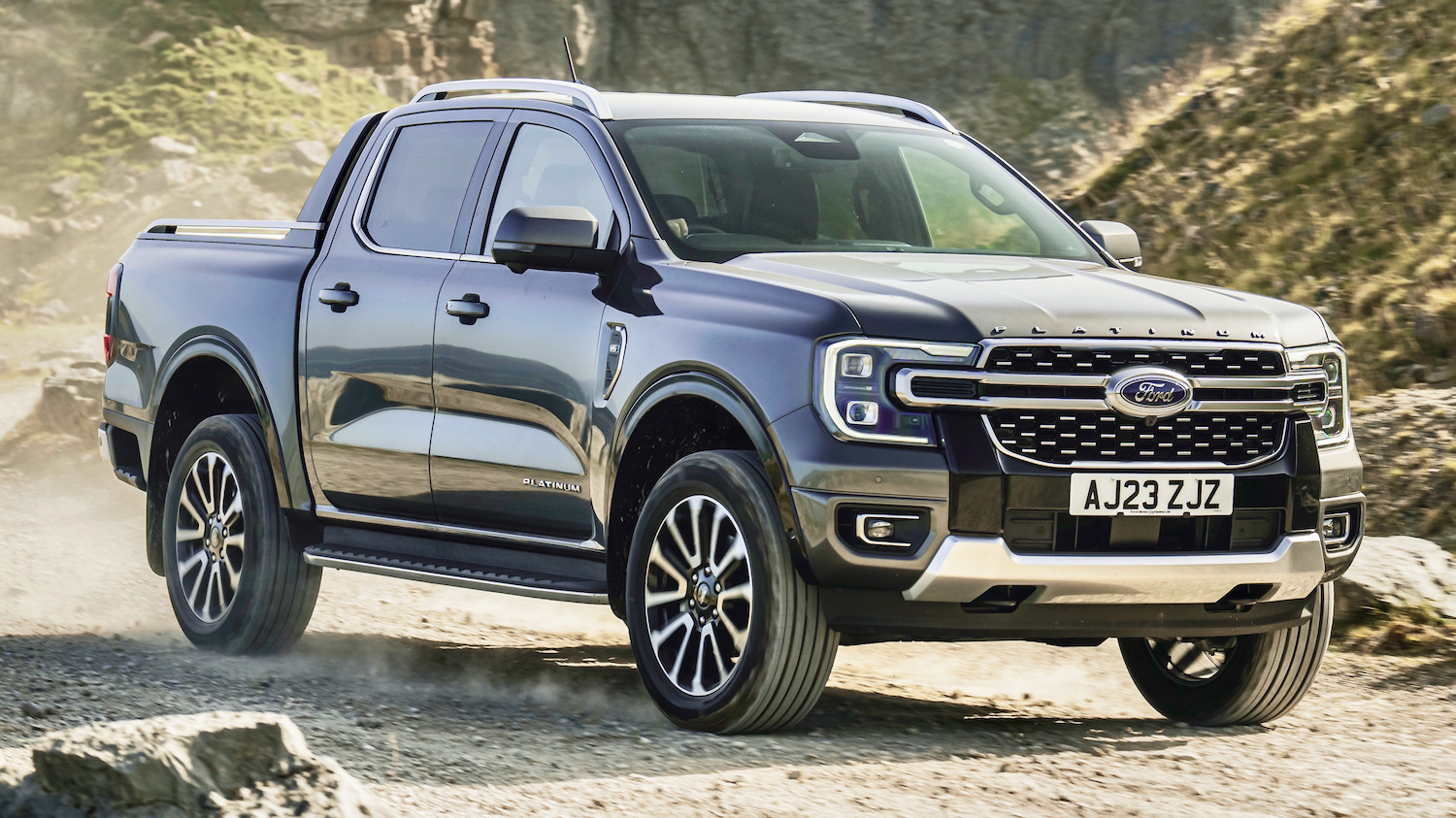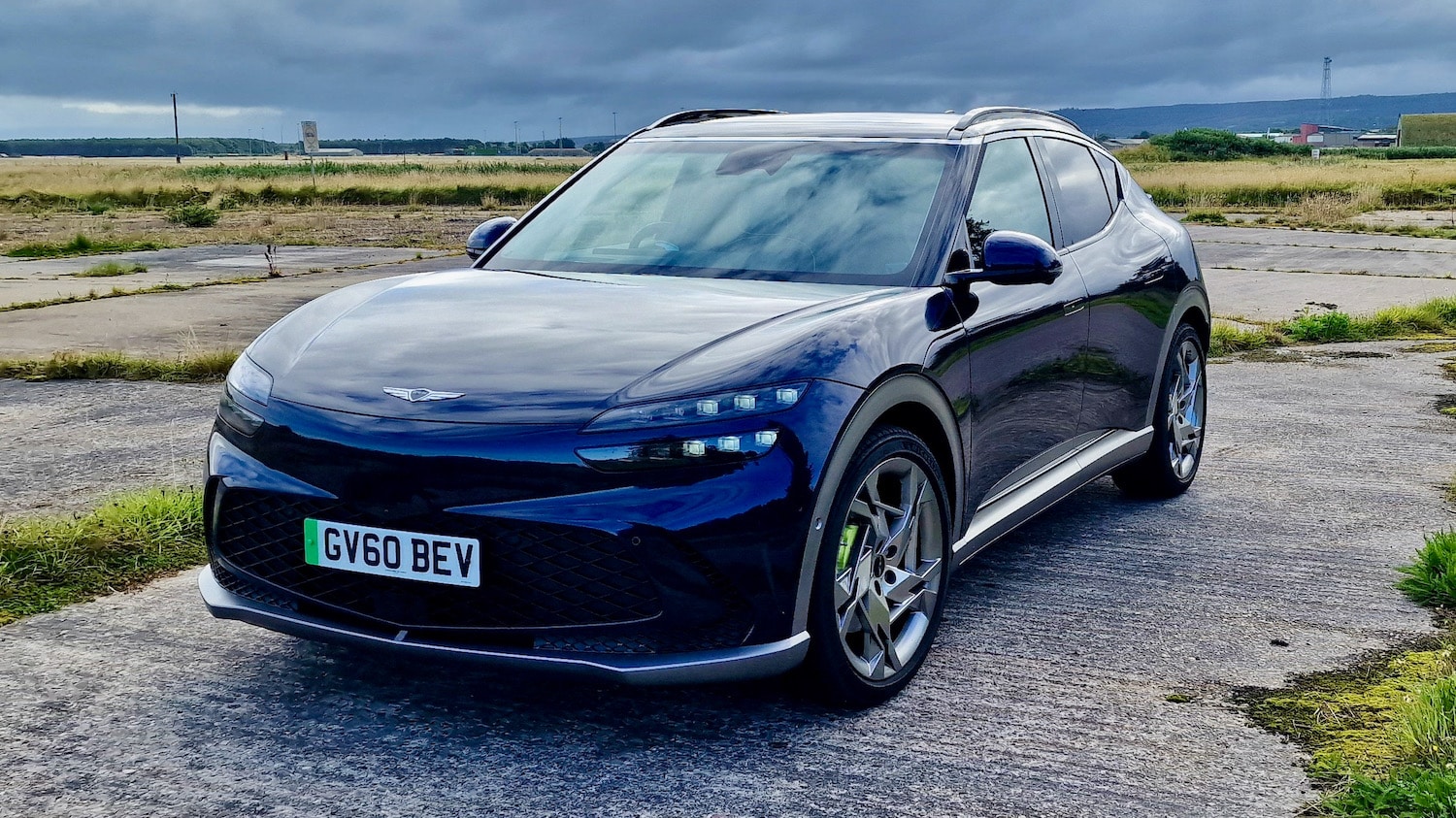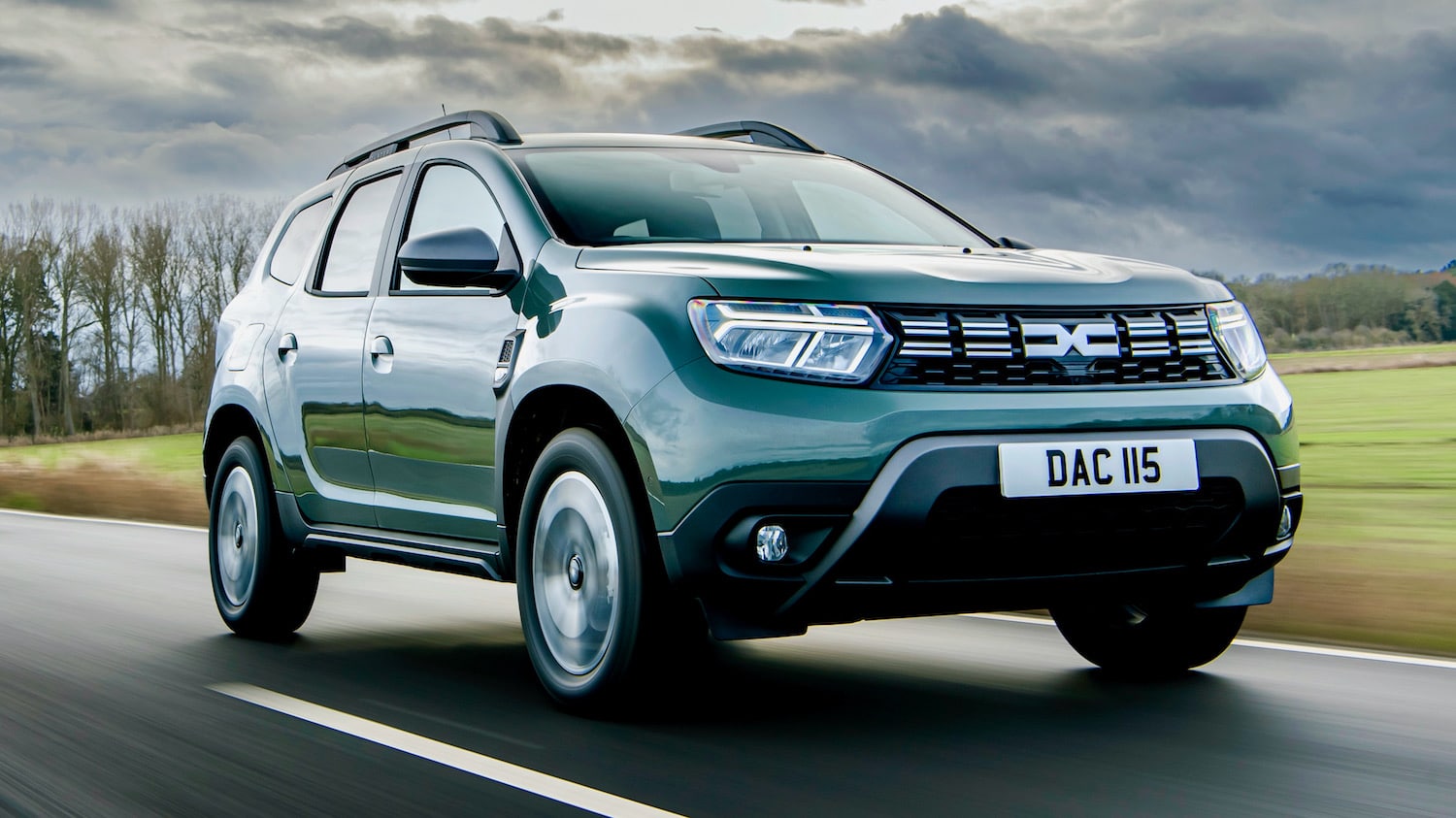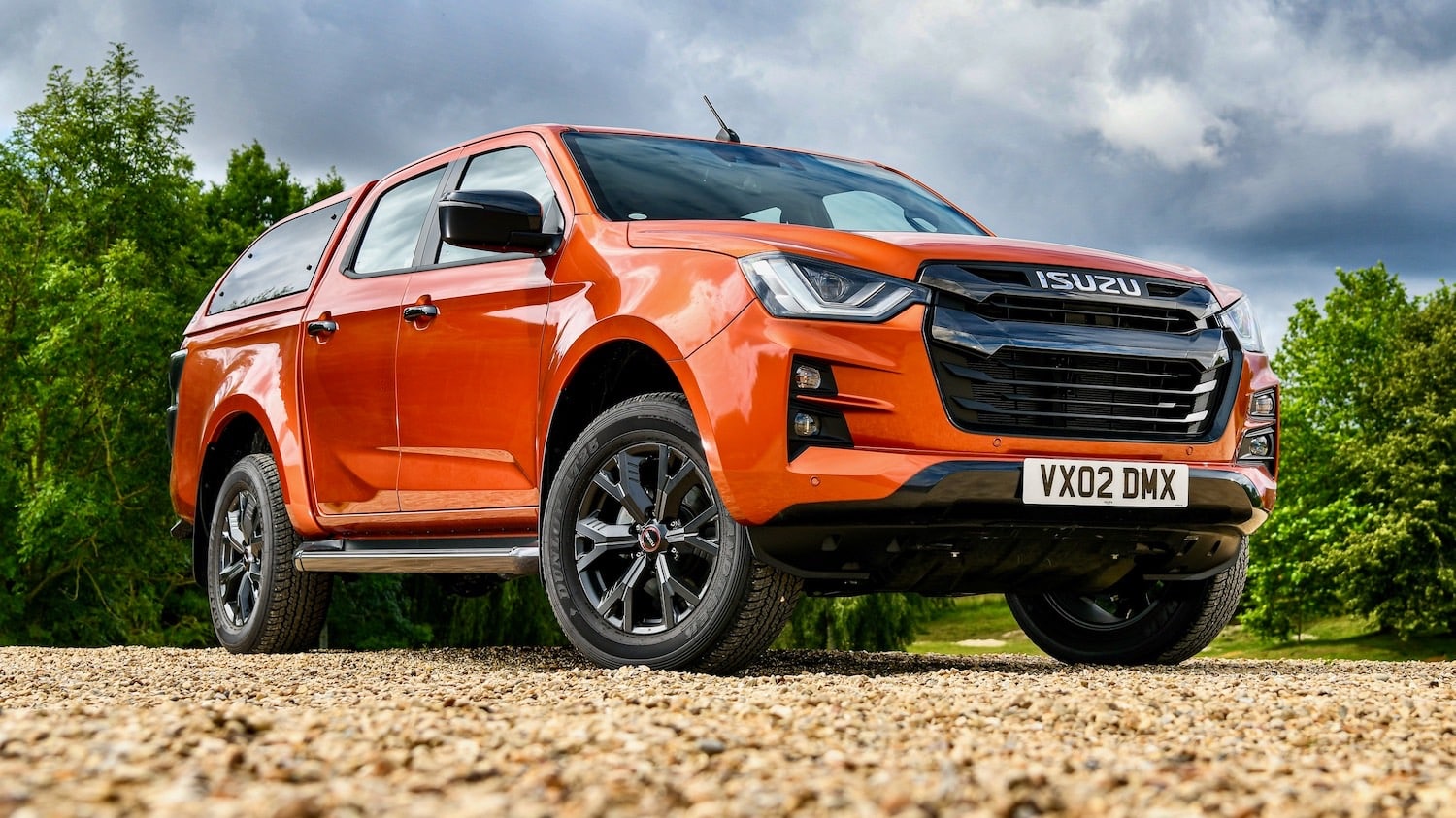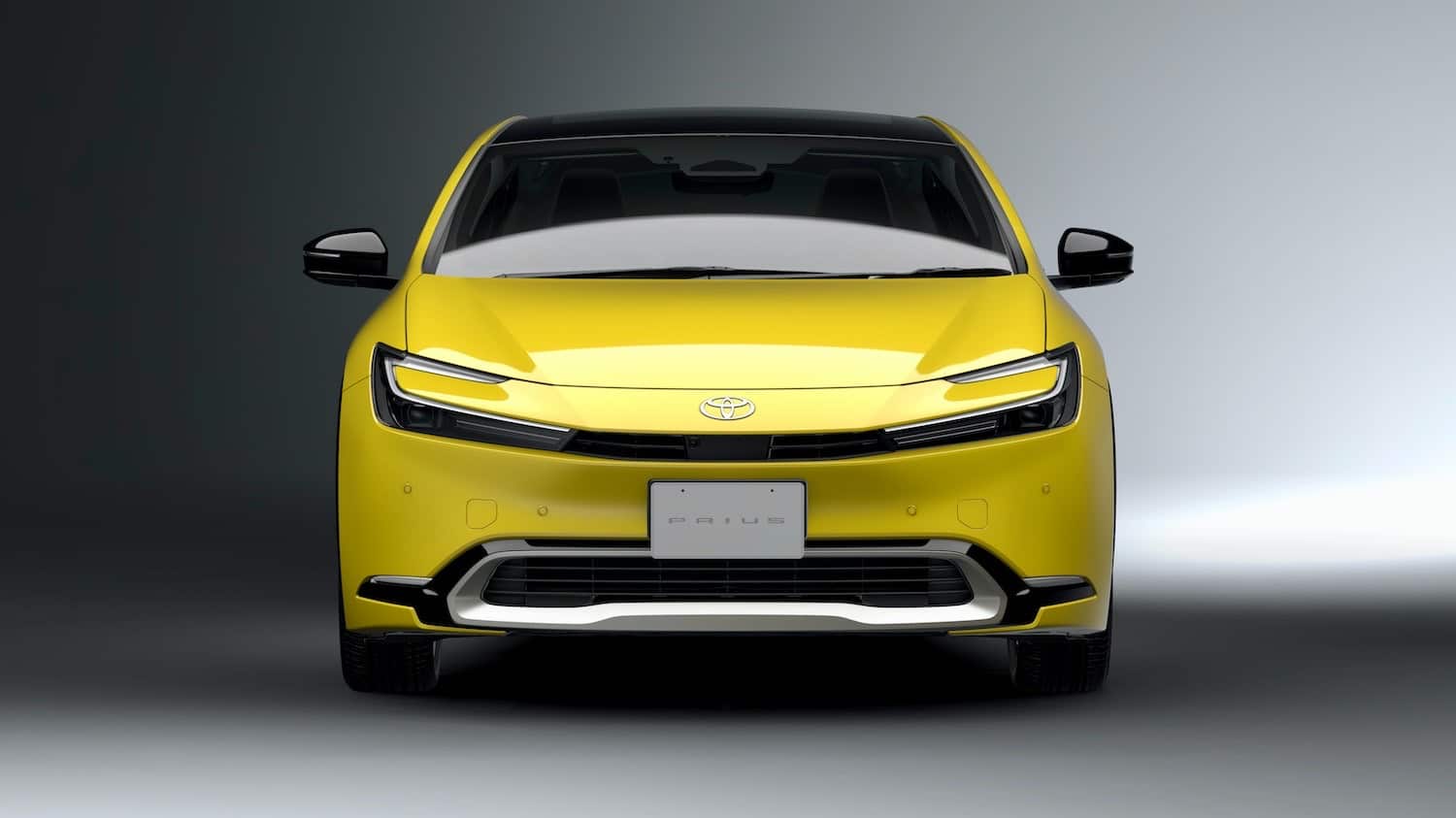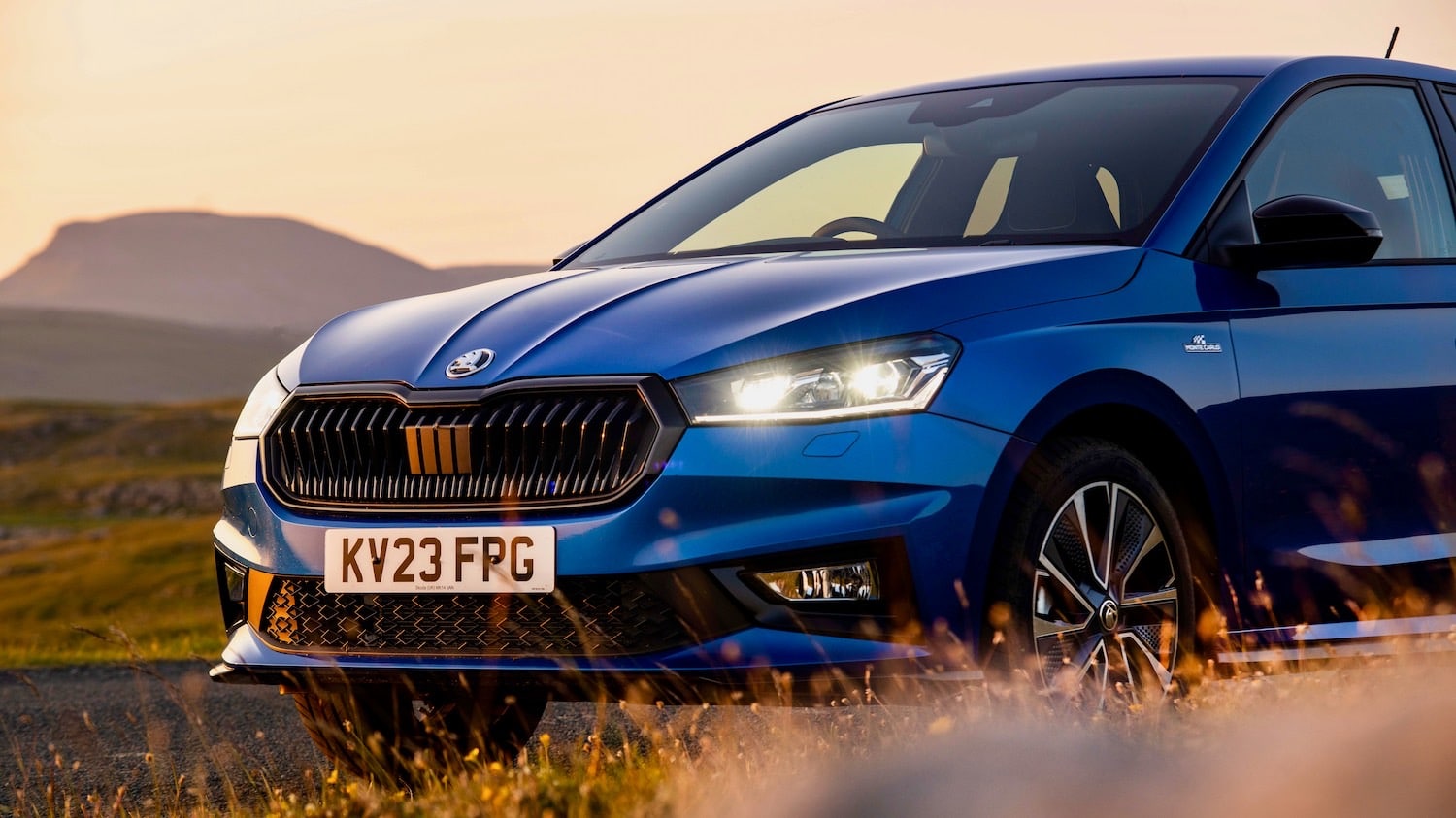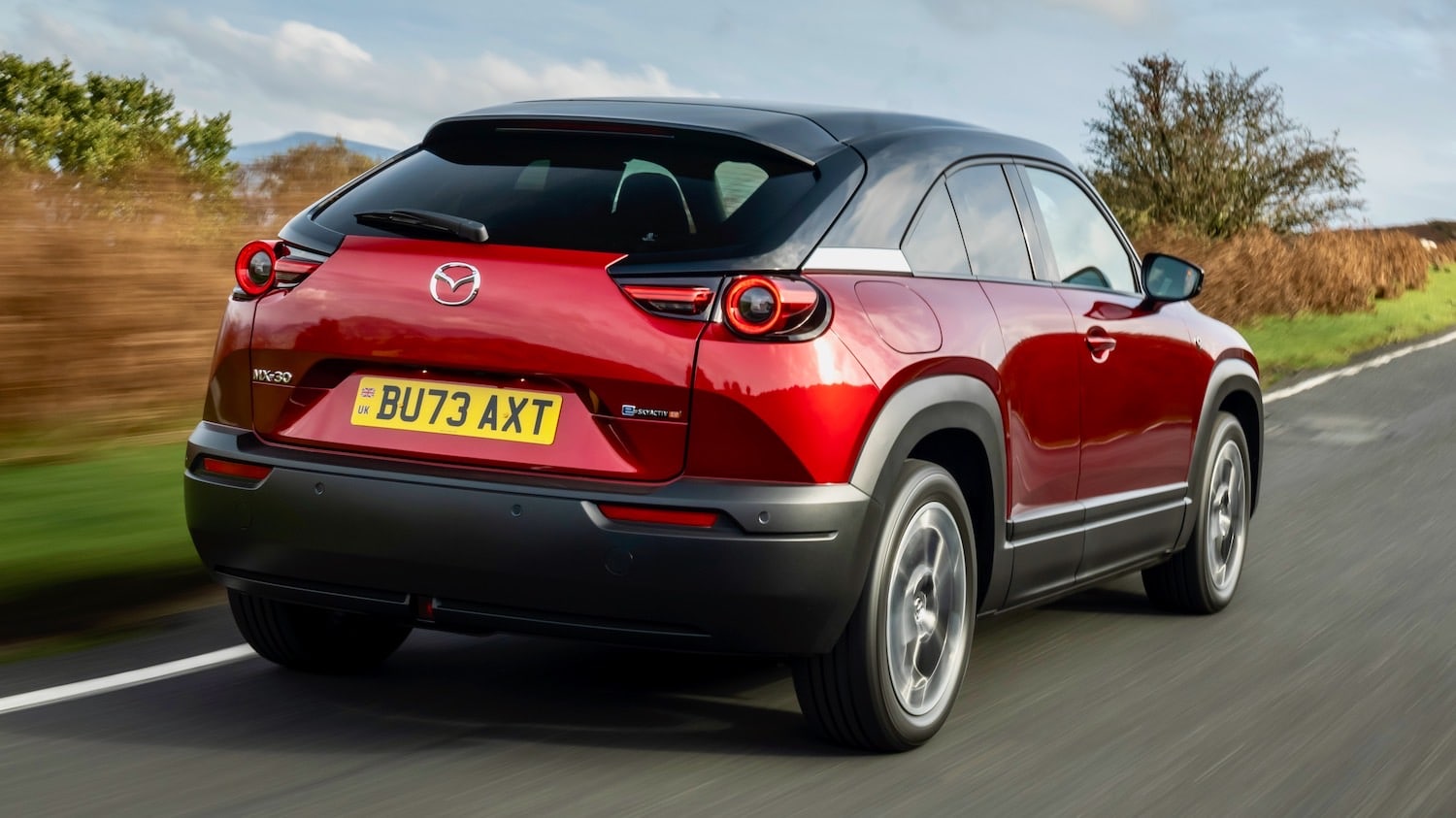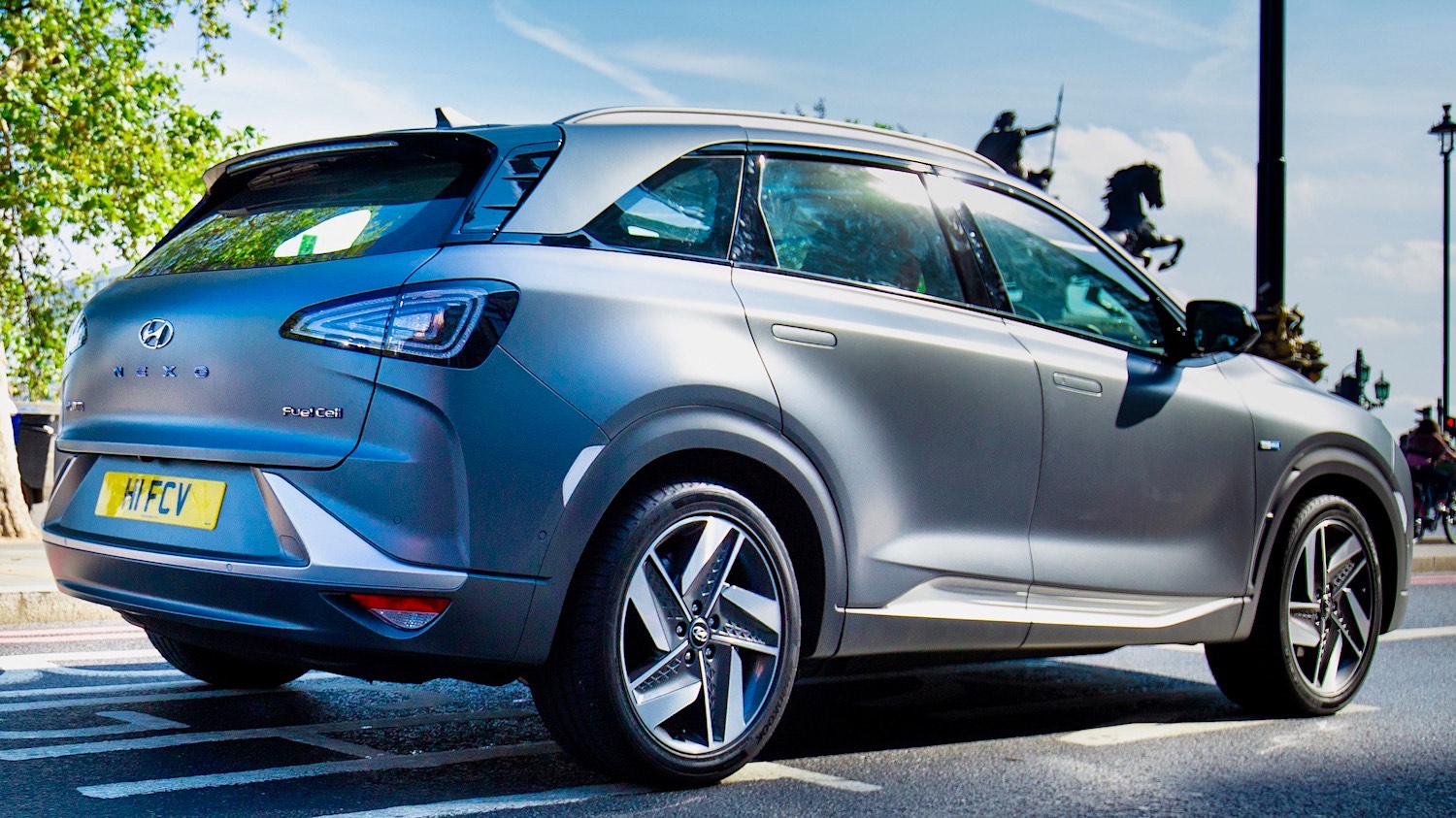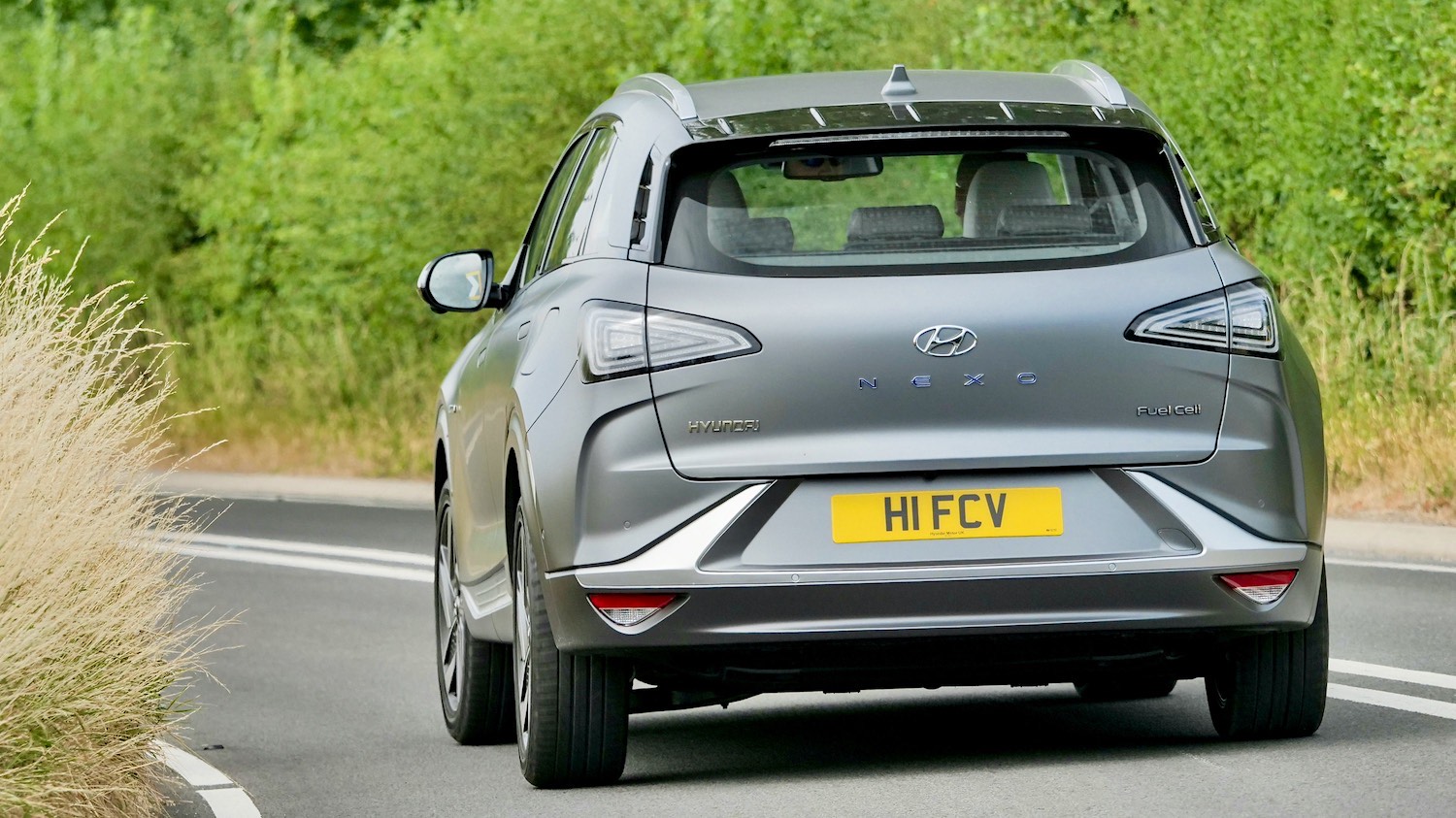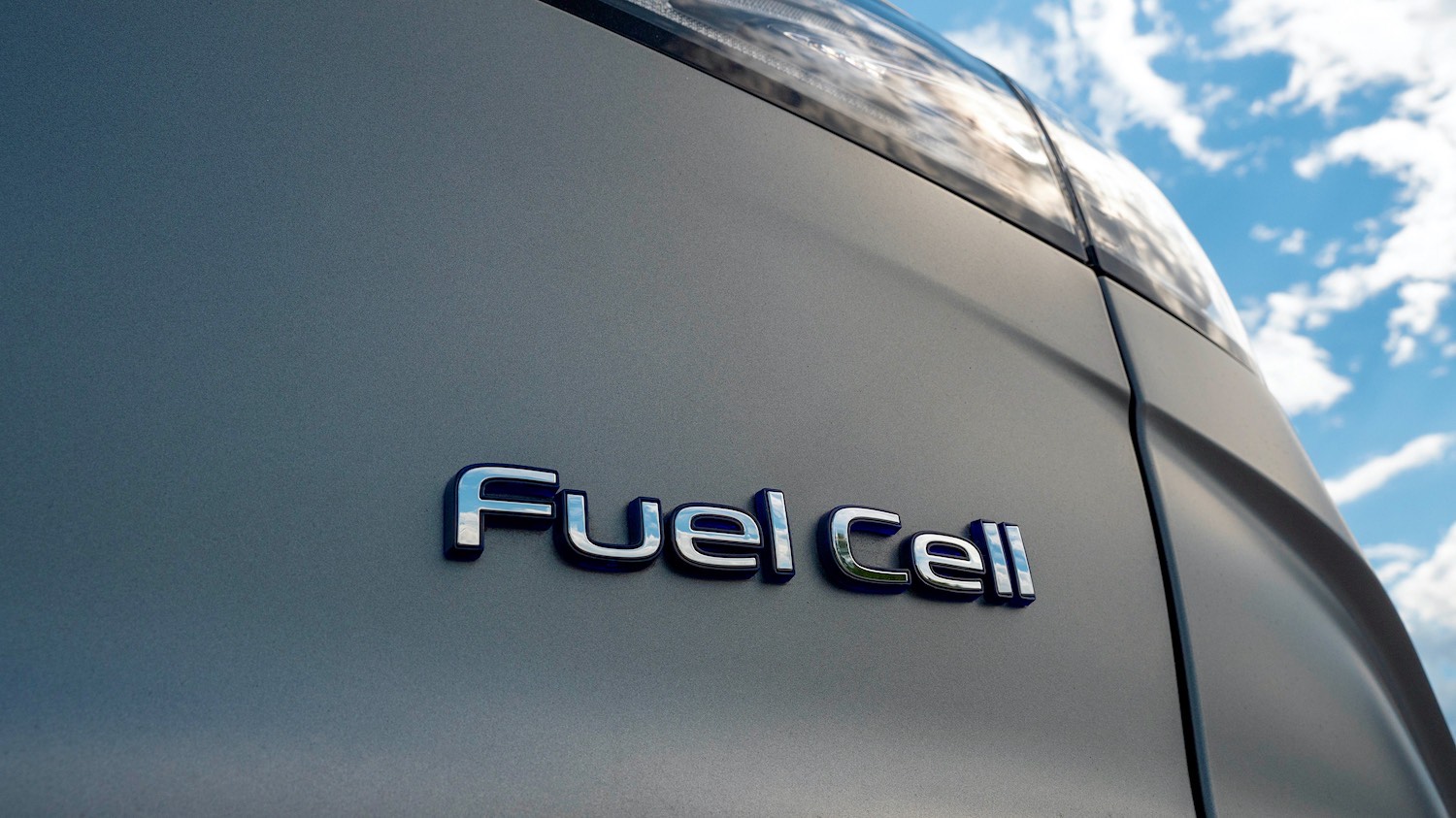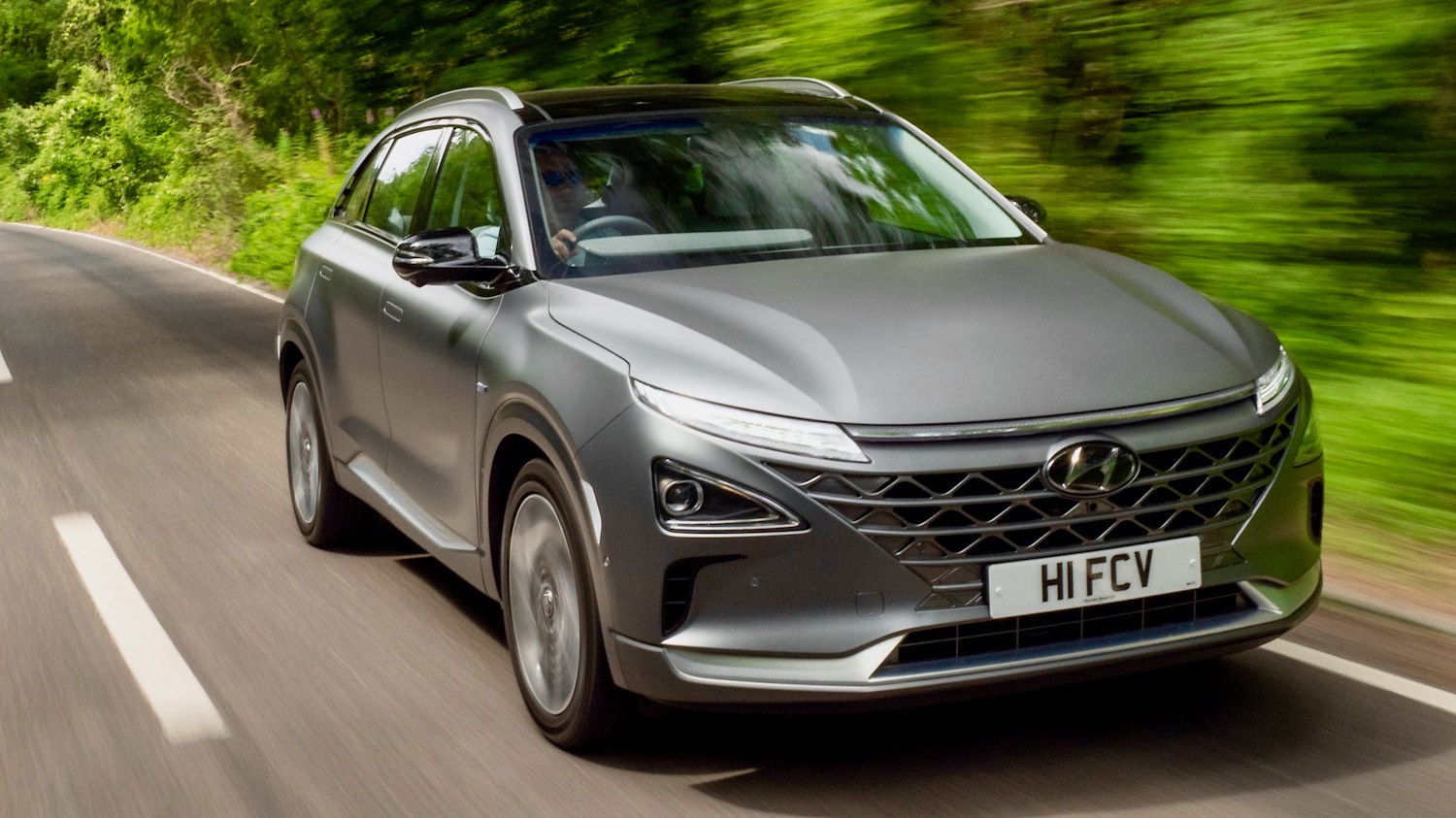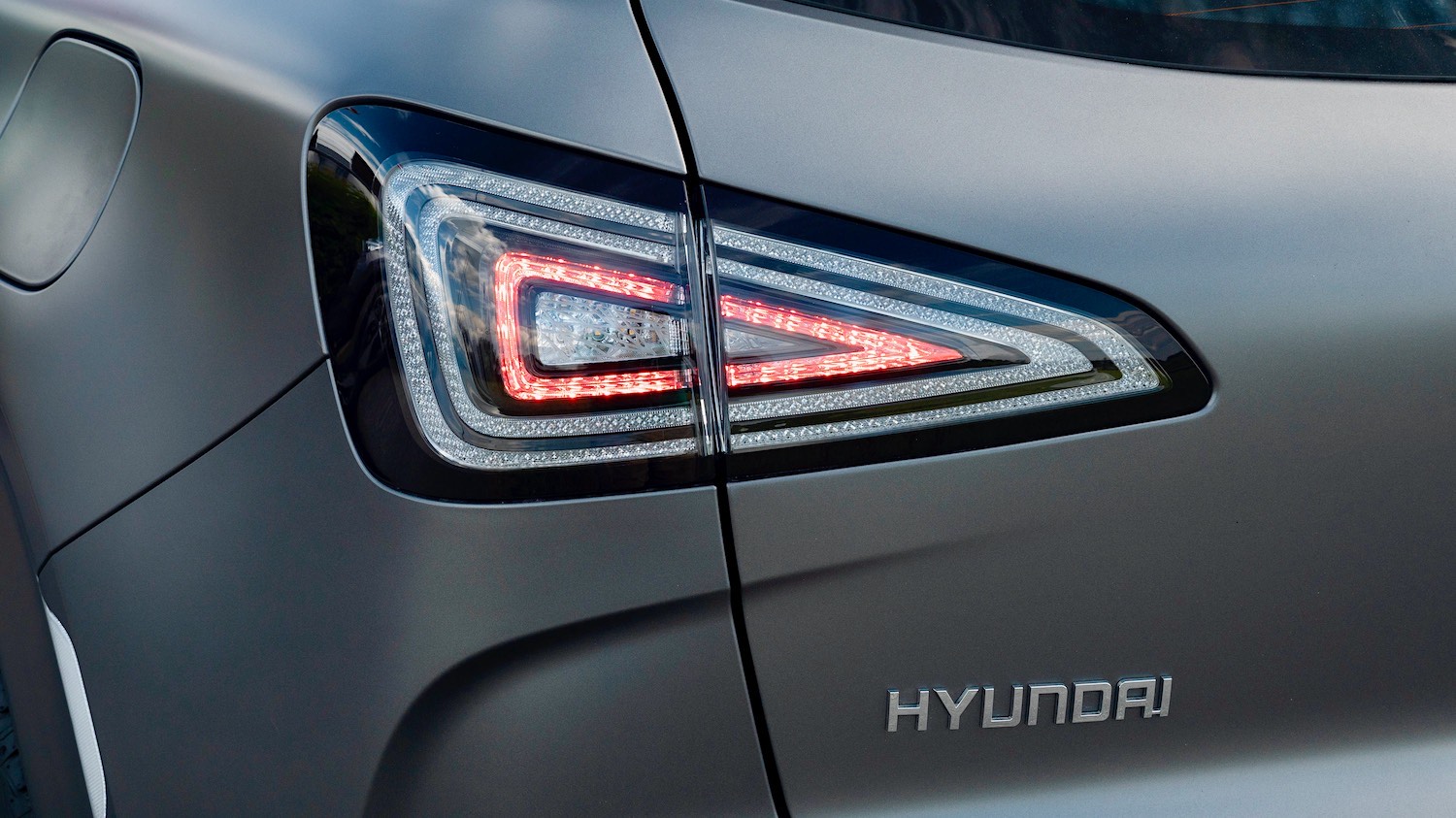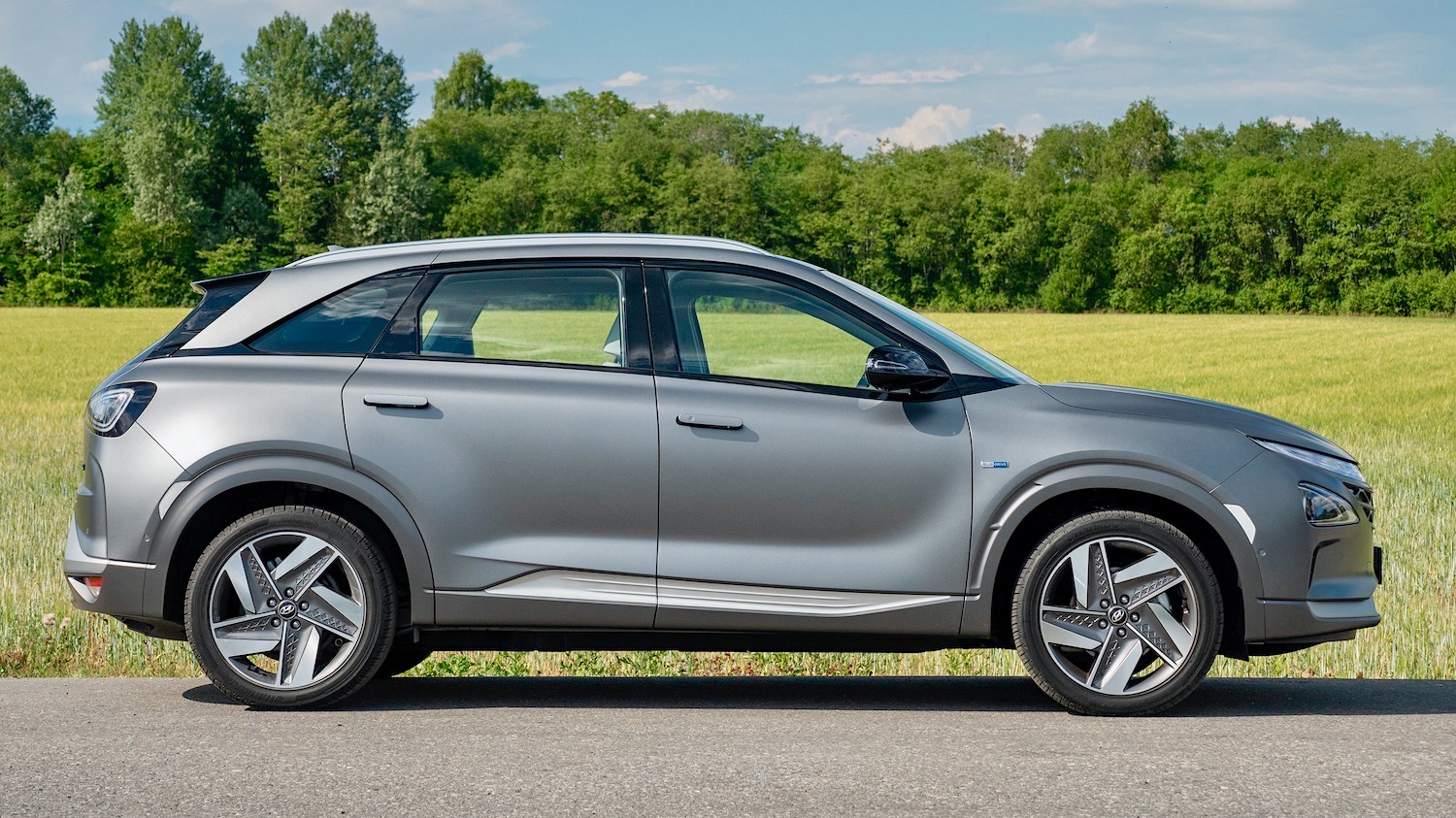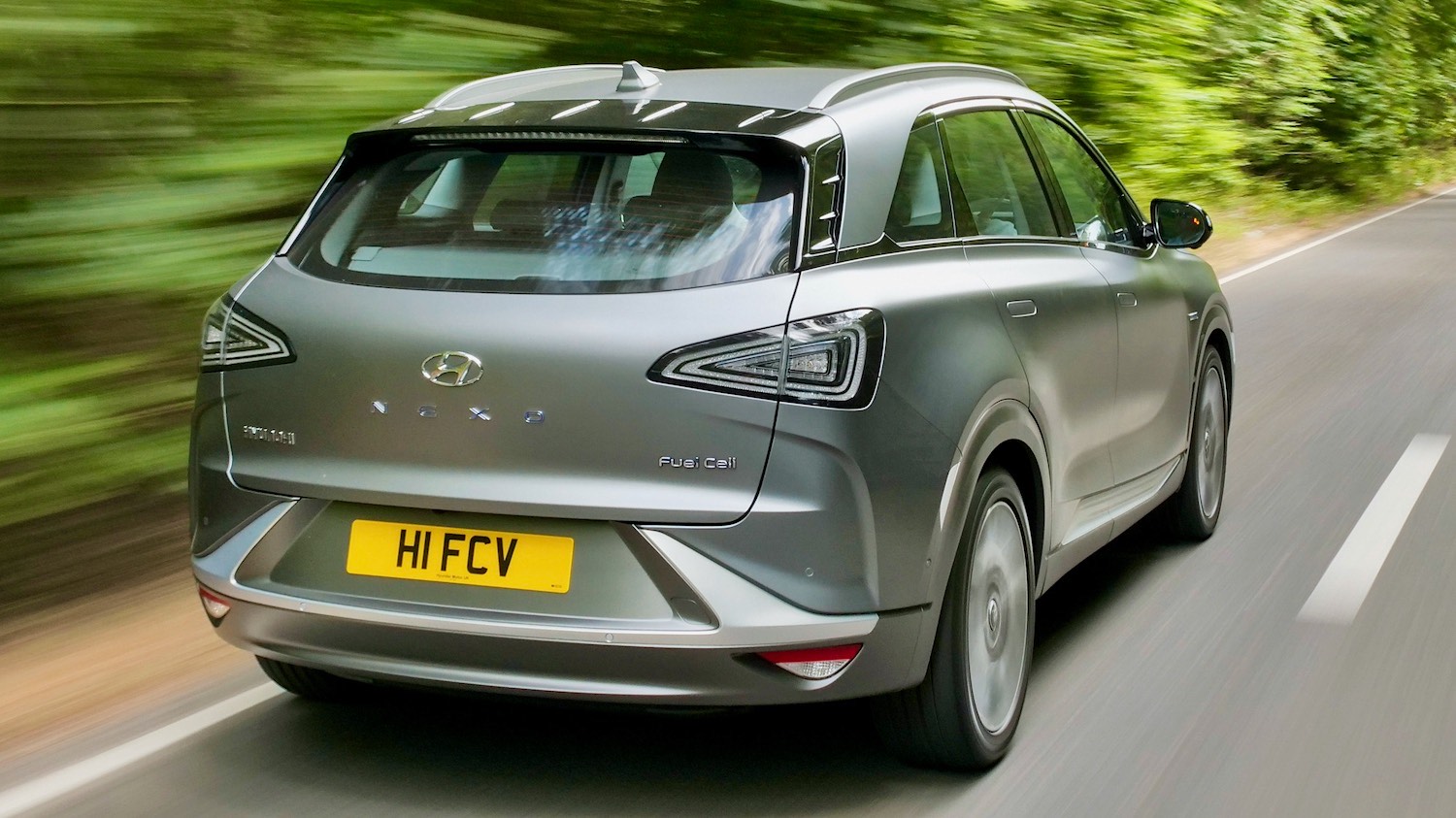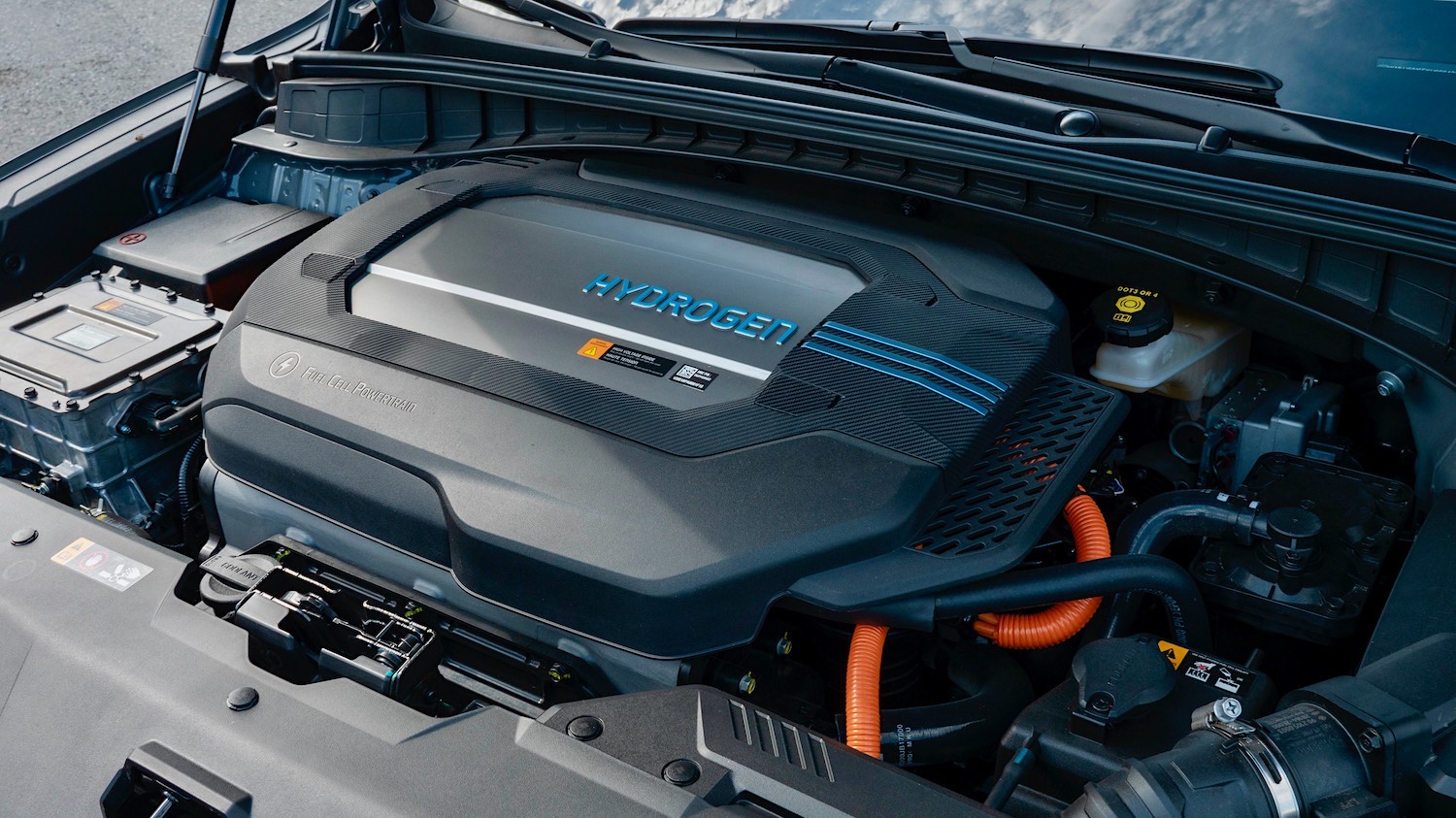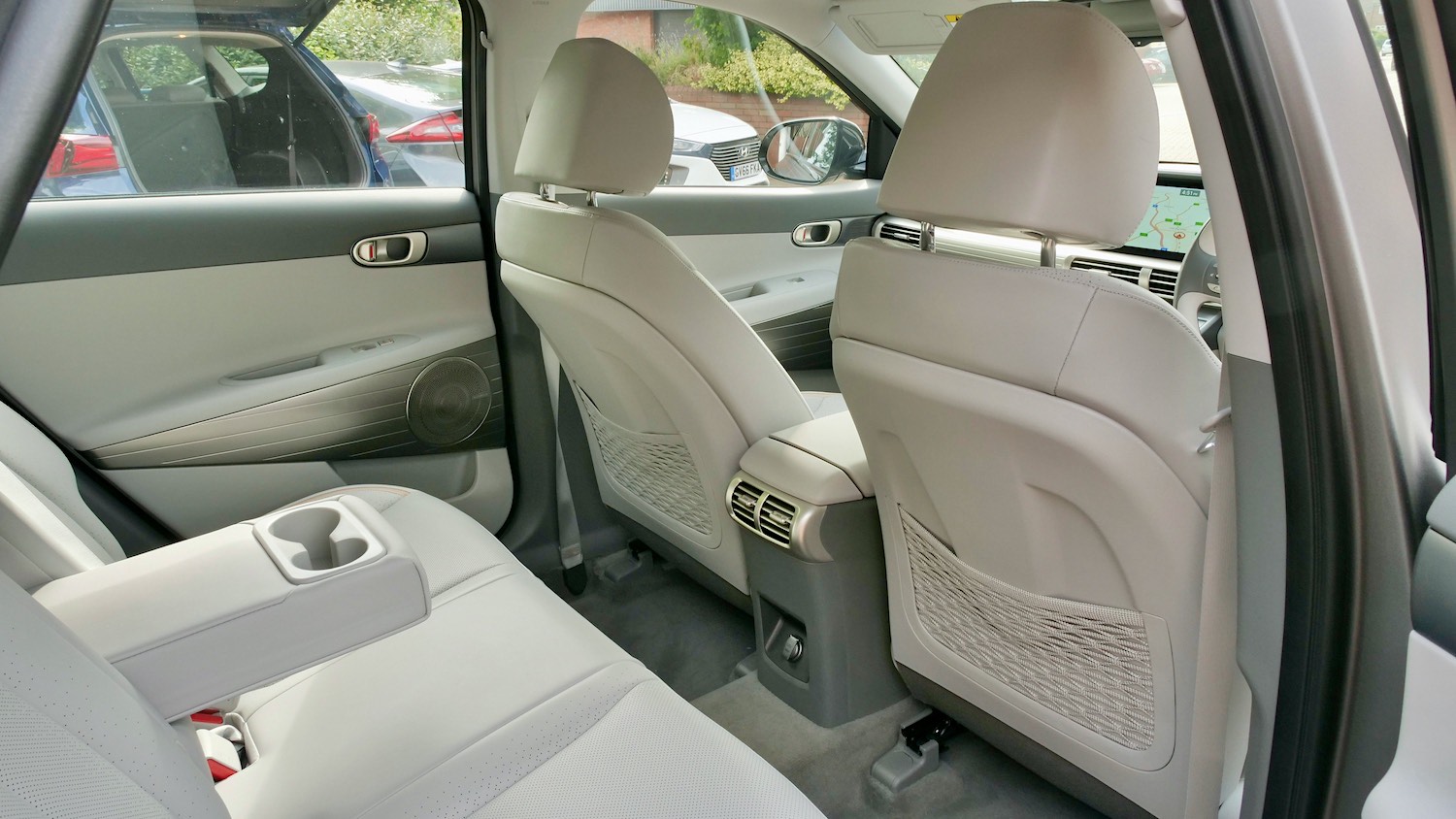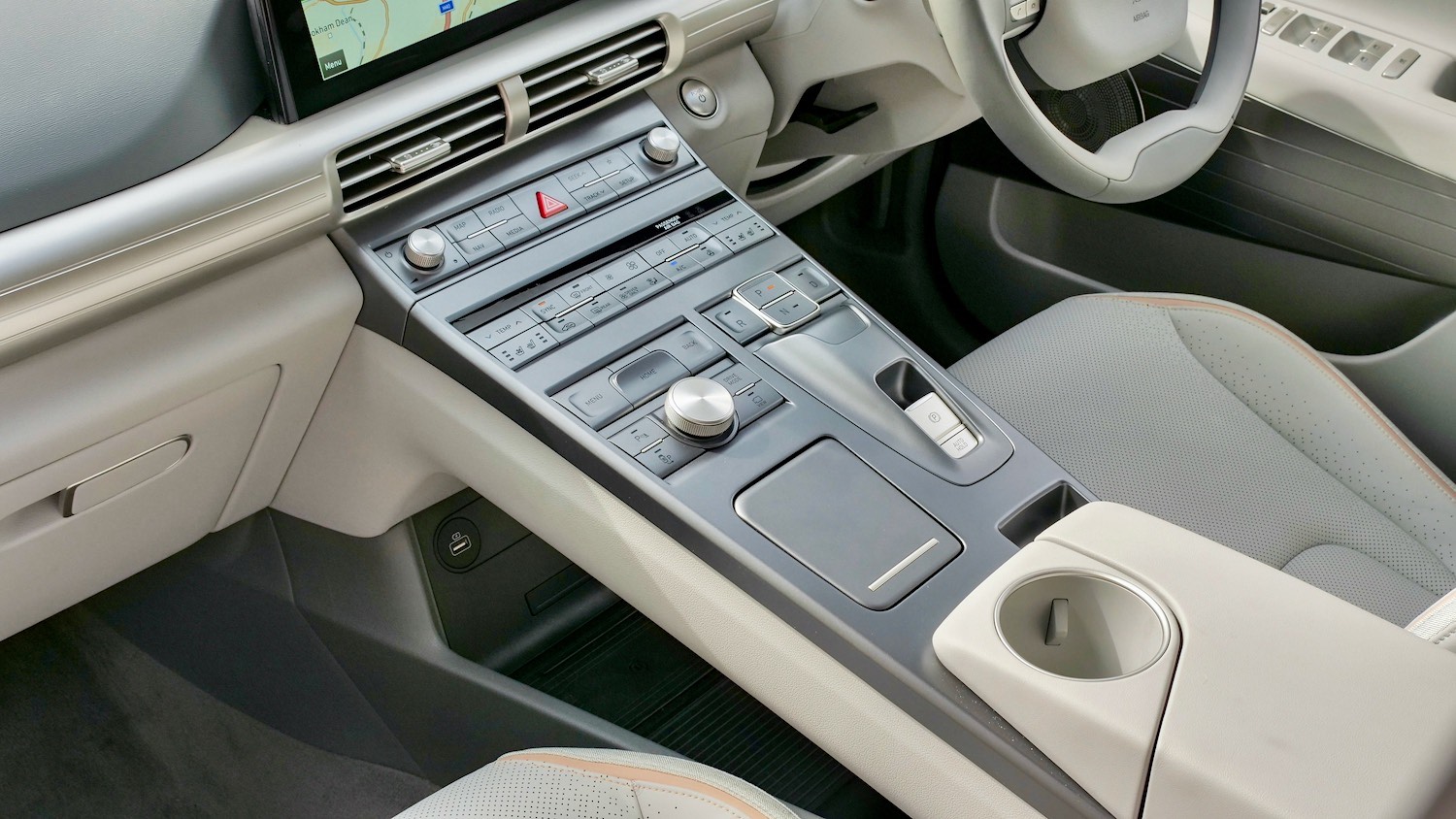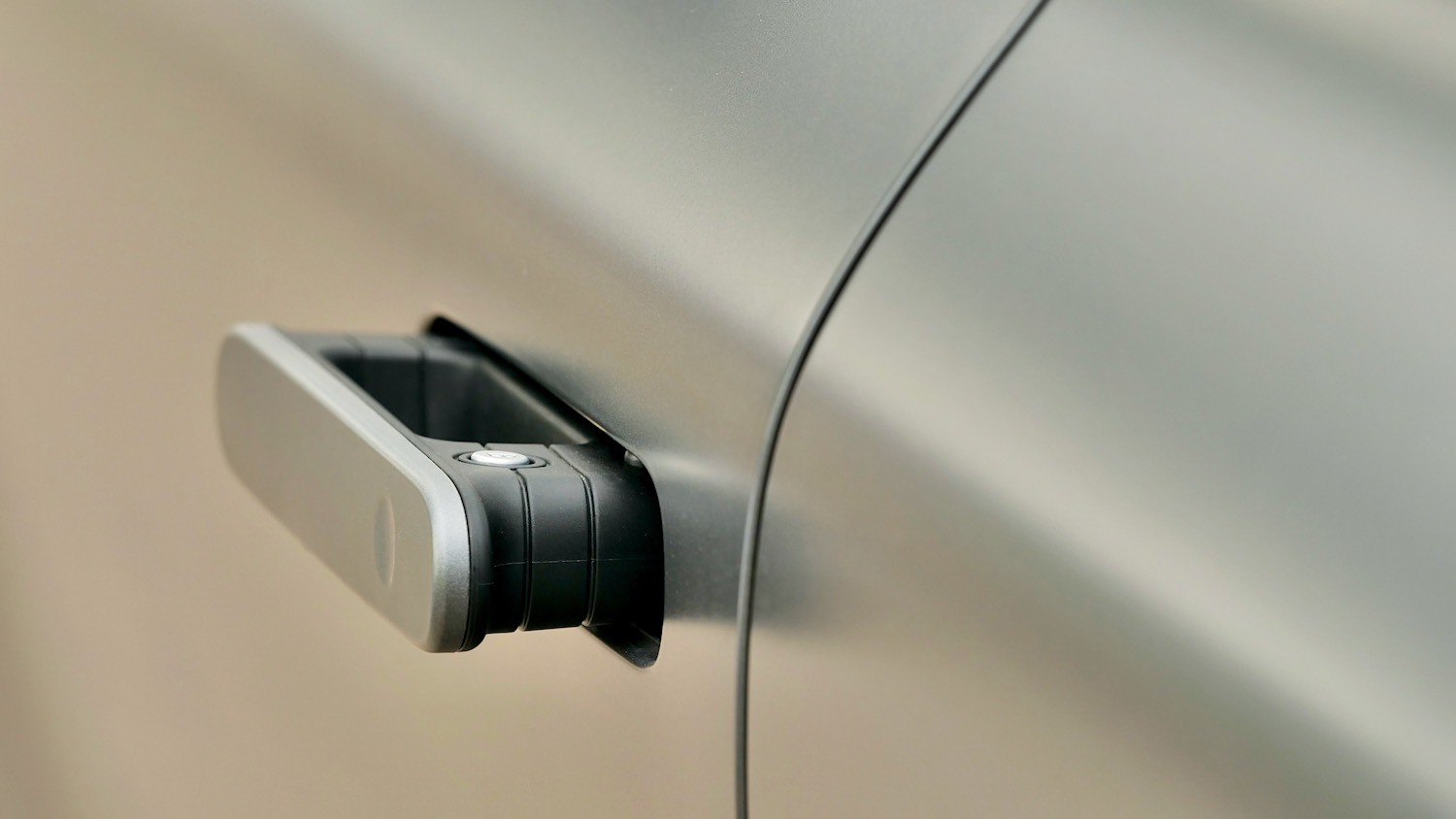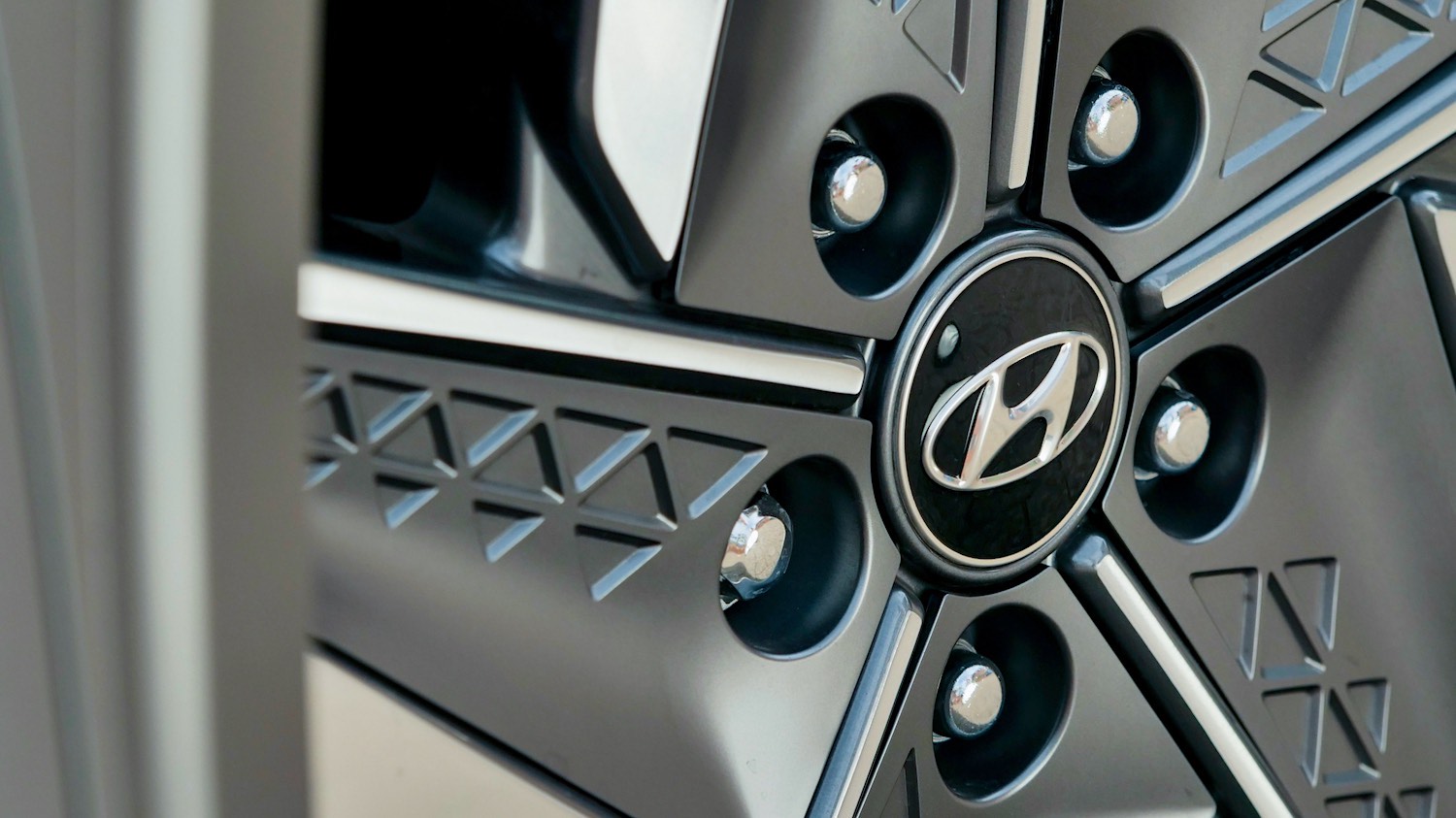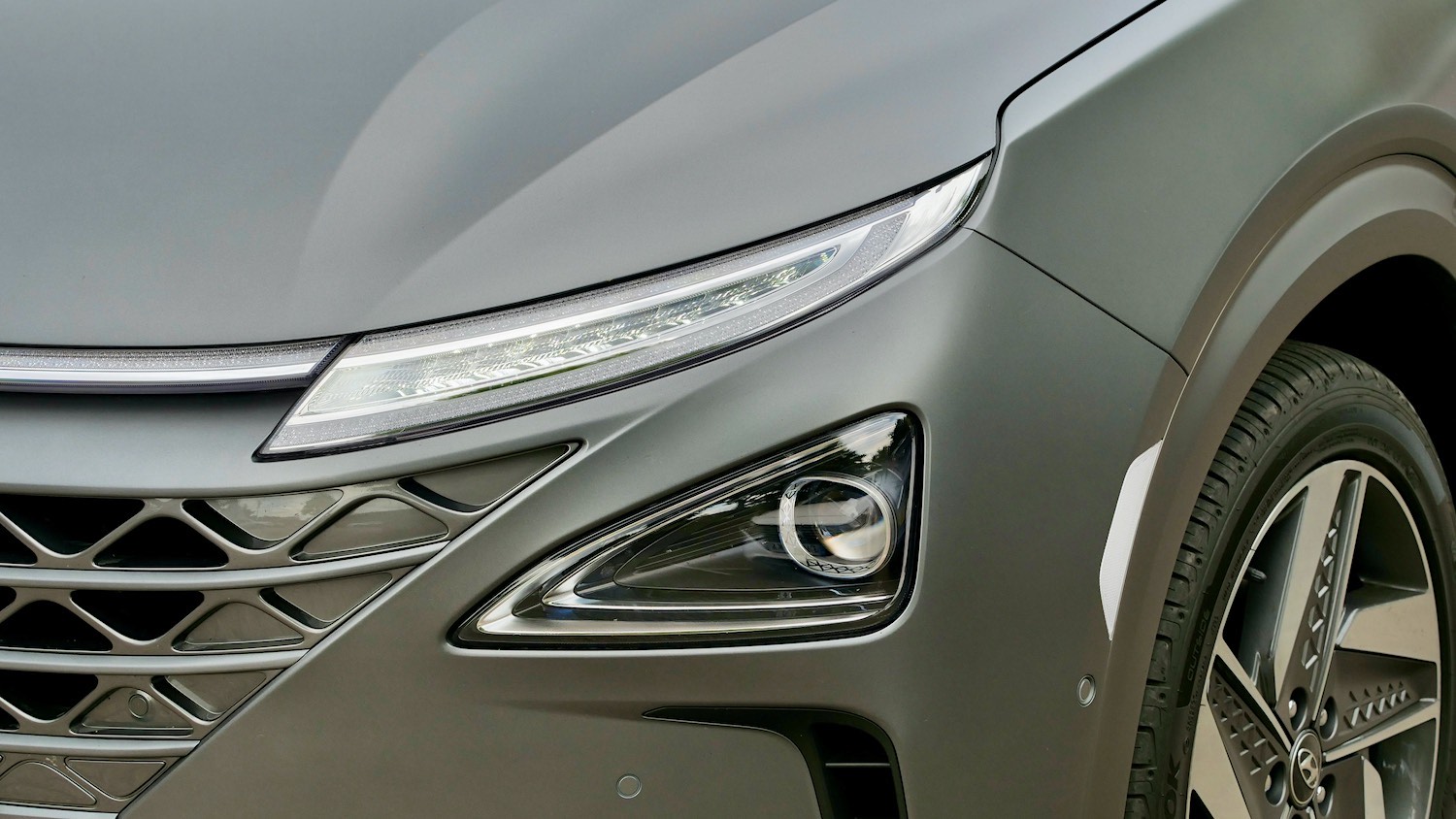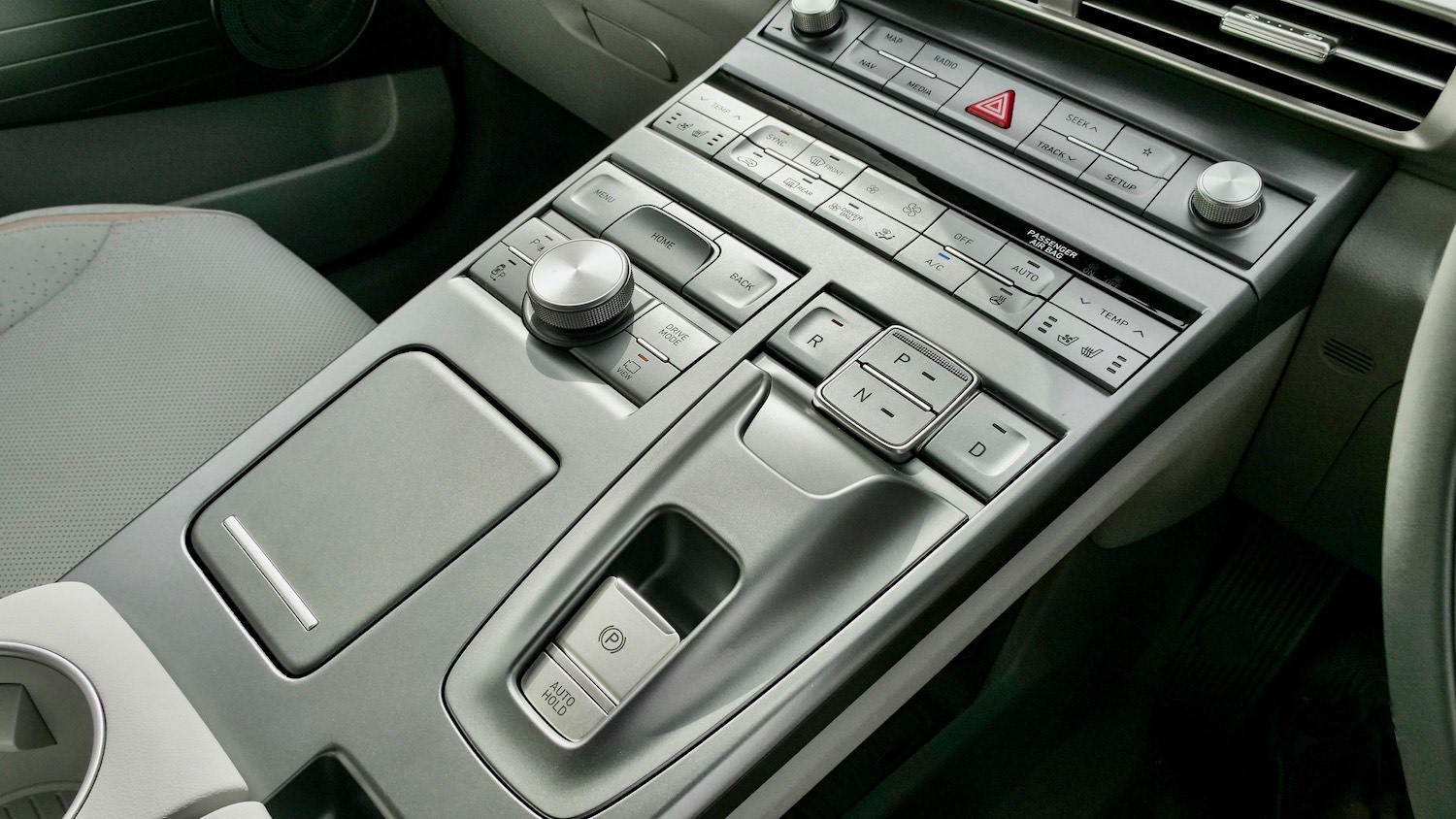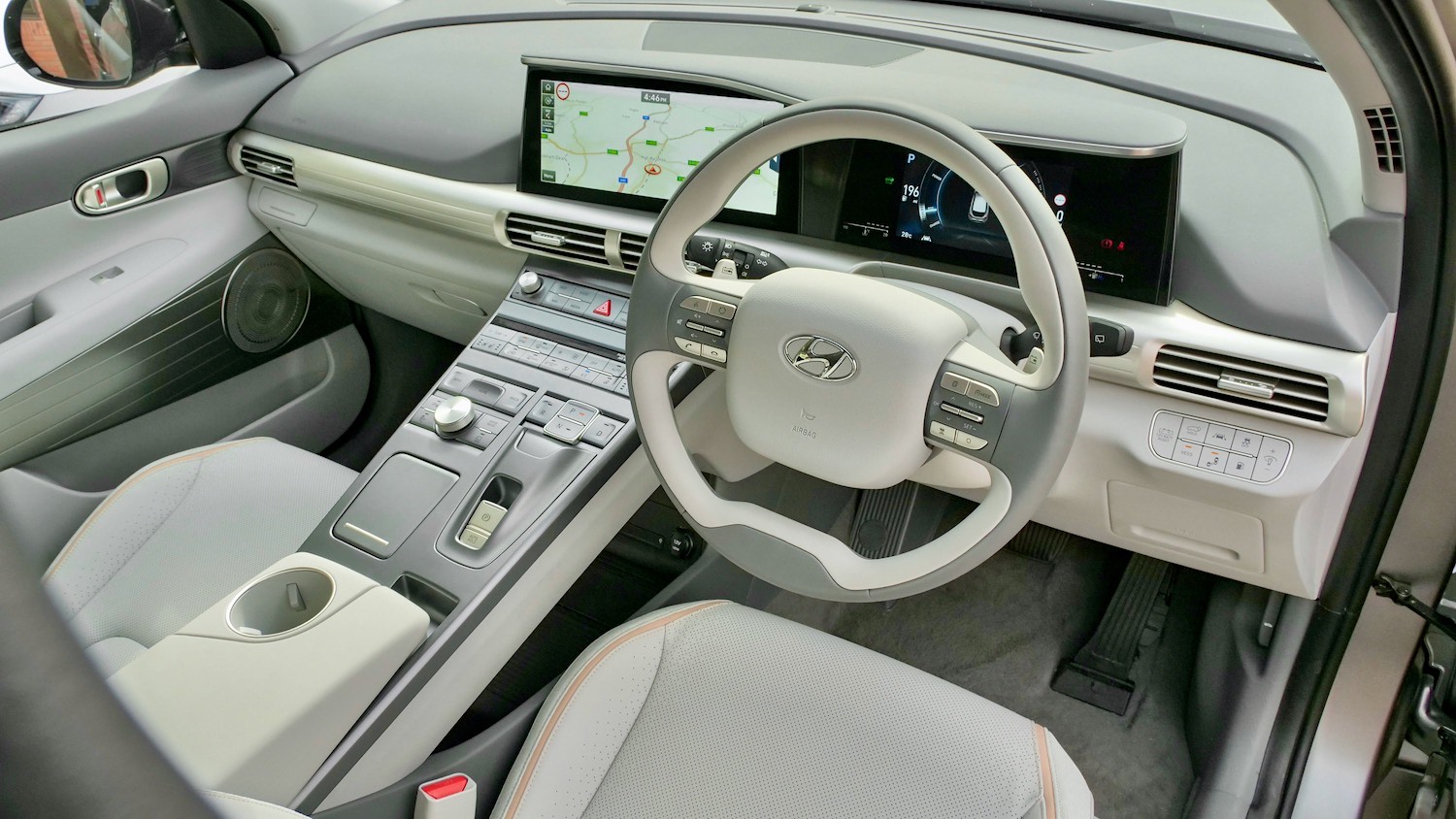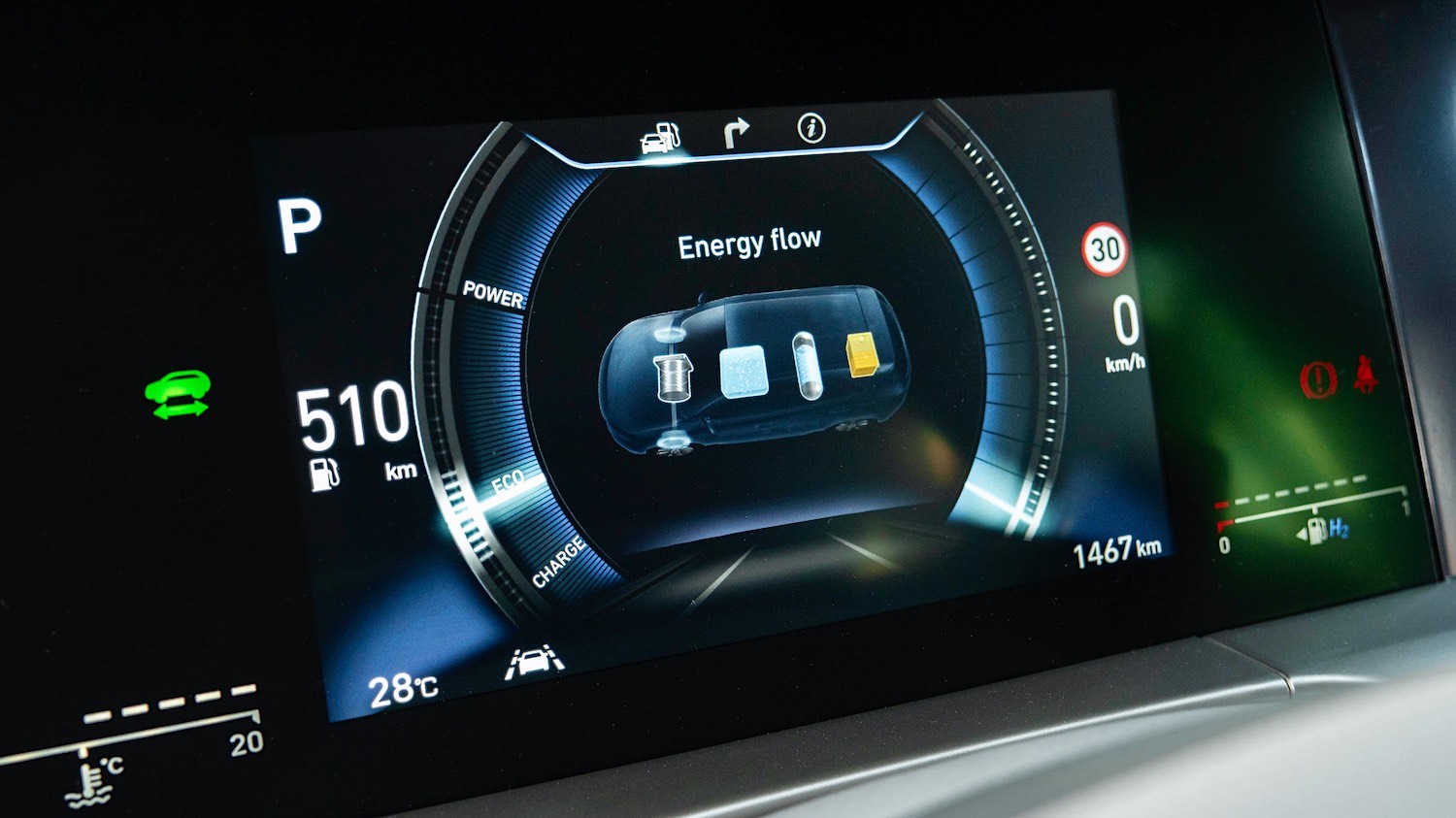THERE is a story that having got to your destination in the hydrogen powered Hyundai Nexo, you can use the tailpipe emissions to make a cup of tea.
I am not surprisingly sceptical about this tale, created doubtless by someone with too much time on their hands. However, my own efforts to check out the watery emissions from the Nexo proved in vain since it had been raining that day and there was water everywhere.
The reason for the interest in the tailpipe emissions of the Nexo is because this is a car powered by hydrogen fuel cells which emit only water as a by-product.
It is one of only two hydrogen fuel cell models on sale in the UK with buyers tending to cluster around areas with hydrogen fuel spots.
Many of these are in areas where enterprising councils have opted to run hydrogen fuel cell buses and other big commercial vehicles where electricity is not really viable.
Around 24 Nexos have been sold across the UK including three private buyers and 9000 globally.
In South Korea where Hyundai – and sister company KIA – have their headquarters, there are a growing number of hydrogen fuel cars. Indeed the parent group hopes to have 88,000 on the roads by 2022 and 300 stations to service them.
While Europe has adopted electricity as the dominant future power source, they are hedging their bets in the far east and in the USA they are still inexorably tied to traditional products.
In the UK, however, there is no reason to dismiss hydrogen fuel cell cars out of hand. It has been tested to the max for safety – hitting cars against brick walls and dropping them from great heights.
The appeal of a hydrogen fuel cell is easy to see. You pull up at a station and fill-up in five minutes as you would do with petrol or diesel and then drive off with a range of anything from 350 to 414 miles.
The flow of hydrogen and oxygen pulled from outside the car power the electric motor and charge the 1.56kWh battery. Like electric cars, you can recoup energy braking and decelerating.
The car itself is built like an SUV with roof rails, an exterior spoiler and 19ins alloys. Inside it is roomy and big with an electric tilt and slide sunroof and an almost spaceship-like set of controls at your fingertips.
There are three drive modes and it is smooth and able on take-off. There are no variable differences in the feel of the drive to a normal electric vehicle and it sets out at a fair pace.
Cameras and sensors keep you safe, there is parking assist for tricky spaces, warning systems, autonomous emergency braking, blind-spot detection, drive attention alert, hill start assist and many more.
The infotainment is all there and mirrored on the steering wheel with two USB ports in the front, one in the rear and a wireless charging station.
Hyundai has packed this car full of tech, drive assistance systems and safety aids to make it quite attractive -should the day come when we will be striving for fuel cell cars as well as electric ones to replace our internal combustion engines.
Indeed the only thing missing from the Nexo’s vast list of standard kit is a kettle to boil that water from the tailpipes and make the apocryphal cup of tea.
Car reviewed: Hyundai Nexo Premium SE, on the road price £69,495 (excluding government grant) 0-62mph 9.5secs Top speed 111mph Engine electric motor powered by a hydrogen fuel cell 1.56kWh battery Range 414 miles (WLTP) CO2 emissions Zero Max Power 120PS Torque 395Nm Transmission 1-speed automatic
What the others say on YouTube
A selection of the latest video reviews of this car….Just click to watch on this page.
